_stringfigures@rhizome.hfbk.net's Public Feed: Astrukturelle Forschungsinfras...
Astrukturelle Forschungsinfrastruktur
Überraschungseierfiguren, Briefmarken, Postkarten, Fotos, Steine, Muscheln, Bücher … ich habe schon einige Sammlungserscheinungen hinter mir.
Auch Kleinsammlungen wie z.B. ausländische Münzen. Sammlungserscheinungen sind von mir heute und jetzt so definiert: Eine Vielzahl von Dingen oder Worten oder so, die durch eine oder mehrere Personen als Sammlung betitelt wird und in ihrer Gesamtheit auf eine ästhetische Art und Weise erscheint.
Die Überraschungseierfiguren waren meine erfolgreichste Sammlung. Es begann so, dass ich beim Sonntagsfrühstück irgendwann einen Ekel gegen Eier, genauer gesagt gegen die Haut unten am Ei entwickelt habe. Ich habe mich arg daran verschluckt und konnte dann kein Ei mehr essen. Dass kein Ei auf meinem Frühstückstisch steht kam für meinen Vater nicht in Frage. Ich bekam also jeden Sonntag ein Überraschungsei. Dabei durfte ich Disneyclub gucken. Der einzige Tag an dem wir im Wohnzimmer aßen und der Fernseher laufen durfte. Jedes Ei mit einer festen Figur darin ist ein Erfolg gewesen. Beim Wocheneinkauf blieb es dann nicht mehr bei einem Ei. Mein Vater begann mich tatkräftig zu unterstützen. In jedem siebten Ei sollte eine Figur sein. Mein guter Freund Olli war schon viel deeper im Thema. Er organisierte mit seinen Eltern Flohmärkte und gab mir eine Einführung in die Untiefen des Ü-Eier-Universums. Es gab Bücher, in denen jede bisher erschienene Ü-Ei-Figur abgebildet war. Mit Maßen, Jahr, Name, Variationen, Preis. Und da steckte der Thrill: die handbemalten Figuren hatten zum Teil kleine Fehler (gelber Hut statt roter Hut oder Pauli Power, wo der orange Strich auf dem Ball fehlt (Variante), kostet heute 29,99€.) und waren dementsprechend selten und teuer.
https://www.eierlei-shop.de/figuren-ab-1993/f-f-im-cluburlaub-die-funny-fanten-im-cluburlaub-coole-elefanten-figuren-die-alle-handbemalt-sind-aus-dem-ue-ei-von-ferrero/pauli-power-wo-der-orange-strich-auf-dem-ball-fehlt-variante.html
Ich hatte nie den Lottogewinn unter den Figuren, aber schon Gelegenheit Figuren für 15DM weiterzuverkaufen. Ich habe nie den Setzkastenstatus erreicht - doch ich hatte wirklich viele Figuren. Jetzt habe ich zwei große Kartons wiedergefunden. Einen mit den doppelten Figuren, und einen mit den Zehnersets. Louis spielt jetzt damit. Es ist schön zu sehen, wie auch er Spaß daran hat diese Sammlung zu dekonstruieren. Die Dekonstruktion von Sammlungen ist im Moment das, was mich an meiner Kunst am meisten interessiert. Ein Pinguin spielt mit einem Zwerg und einem Einhorn Feuerwehrrettungseinsatz in der Eisenbahnszenerie. Für ihn ist alles gleich gut und es gehört das zusammen, was er für angemessen empfindet. Sein kindlicher Blick ist noch nicht vollends eingenommen von Zuordnungen.
Mit Olli bin ich irgendwann lieber zu Eishockeyspielen der Kassel Huskies gegangen. Sammlungen sind in meiner künstlerischen Auseinandersetzung immer wieder ein Thema gewesen. Ich habe Gespräche über Sammlungen geführt, über Archive und immer gedacht, ja - das ist mein Thema. Ich bewundere zutiefst konsequente Sammlungen. Ganz gleich ob von Peter Piller oder privaten Hobbysammlern - ich genieße die zeitliche und räumliche Konstruktion die durch eine Anhäufung von gesammelten Bildern oder Objekten entsteht. Ich schwimme dann die Varianten entlang wie durch ein Briefmarkenalbum. Darum habe ich auch oft versucht meine eigene künstlerische Produktion zu einer Sammlung zu machen. Aber sobald die Sammlung zu gleichförmig war, weil ich dachte es müsste eine Sammlung von sich ähnelnden Gegenständen sein. Also nur Kugelschreiber, nur Fotos von Wald, nur Portraits, nur Steine, … und sich das Gefühl von Arbeit einstellte musste ich damit sofort aufhören. Ich würde sagen, ich mache immer noch Sammlungen aber von den Highlights der Dinge, die ich gerne Sammeln würde. Eine Sammlung von Highlights. Geil. JA, das ist es. Und diese Highlight ordne ich dann schon irgendwie thematisch zu. Oder die Themen aus einer Fragestellung heraus bestimmen meine gedankliche Sammlung, deren Dekonstruktion durch die Entnahme (oder das Finden und Herstellen) von Highlights meine Aufgabe ist.
Ich finde die Dekonstruktion von Sammlungen interessant, weil ich mich zum Einen vor zu streng konzeptuell verlaufenden künstlerischen Entscheidungen drücken kann und zum Anderen, weil ich darin eine politische Haltung sehe, die mich dazu zwingt, meine eigenen Schlussfolgerungen und Gedanken ständig zu hinterfragen. Es geht um ständige Unruhe. Zwang zum Aufgeregt sein. Es ist natürlich auch eine Form von Eskapismus.
Das macht fun fun fun. Und macht mich auch sad sad sad.
Denn es entsteht wieder eine Ansammlung von Dingen, die zusammengehören oder für andere nicht zusammen gehören und dann stehen sie in meinem Atelier wie zum Beispiel jetzt:
1 Plastikflasche smart water (600ml) inspired by clouds
1 Lichterkette mit Batterieantrieb, transparent mit silbernen Glitzersternen OVP in transparenter Hülle
1 Bergkristall, eingeschweißt und eingepackt in ein Blatt Zeitungspapier mit arabischer Schrift
1 blaues Gipsgebiss mit der Aufschrift Jennifer Schäfer 12.12.2000 1 Danny Dauershower (Fanny Fanten im Cluburlaub) in Plastiktüte
1 Feuerstein mit Seeigelunterseitenabdruck
1 Feuerstein mit Seeigel
1 Anna und Elsa Zopfgummi
1 Zauberstab mit hellblauer Feder
3 Solardisplay Drehteller
1 Perlmuttmagnet
2 große Glassteine
und viele Ringe für Traumfänger
und in meinem Computer habe ich heute viele Bilder von Mineralien und von Pferden bearbeitet.
Variation von finalen Lösungen
Varianten finaler Lösungen Wenn man davon ausgeht, dass man in der Unendlichkeit seine Ruhe hat. Also im Nirvana oder in unendlich viel Vanillesoße, lauwarm, dann ist es logisch, dass alles was diese Unendlichkeit stört und in Frage stellt eine Gefahr darstellt. Ich mag keine Gefahr. Aber doch. Ich mag sie, weil sie thrillt mich.
Unruhe ist Pflicht!
„Sobald mit dehnbaren Begriffen operiert wird, die individuellen Interpretationsspielraum lassen, und zwar so viel, dass eine Unterhaltung zu keinem Ergebnis führt, bekomme ich ein Problem. Schuld daran sind die oft unterschiedlichen inhaltlichen Vorstellungen, die ein Begriff vermittelt. Mir geht es so mit dem Begriff „Forschungsinfrastruktur“. Zuerst denke ich da an Forschungsschiffe, Laboratorien, Sternwarten oder Teilchenbeschleuniger, d.h. vor allem an aufwendige technische Einrichtungen. Nun ist eine wissenschaftliche Sammlung laut dem Wissenschaftsrat eine „wesentliche Infrastruktur für die Forschung“ (WR, 2011, S.5). Der Wissenschaftsrat erläutert den Begriff nicht weiter, sondern weist auf die Begriffsdefinition des European Strategy Forum on Research Infrastructures (ESFRI), der sich soweit durchgesetzt habe. (WR, 2011, S. 15) Im Folgenden möchte ich die Definition für „Forschungsinfrastruktur“ von ESFRI verwenden und auf wissenschaftliche Sammlungen anwenden.“ schreibt Oliver Zauzig hier https://sammeln.hypotheses.org/tag/definition Er muss es wissen, denn er arbeitet bei der Koordinierungsstelle für Universitätssammlungen in Deutschland, Zentrumsrat Mittelbau.
Meine Forschungsinfrastruktur ist eine geschachtelte Strukturform. Jede Struktur enthält weitere strukturelle Komponenten. Diese Komponenten folgen Affekten. Lara sagt, das hat was mit Kontingenz zu tun.
Die Neukonstruktion dieser Strukturen und ihr heimliches Miteinander auf dem Tisch, während ich zum Beispiel arbeiten gehe oder zu Hause bin und einige Tage nicht zum Atelier komme, ist ein besonders wichtiger Punkt. Während die Zeit vergeht und mein Leben passiert, mit Lesen und Kind und Arbeit und Spazieren gehen und Essen und Schlafen sind die Objekte allein - irgendwas machen sie da. Wenn ich das nächste oder übernächste Mal komme, entwickelt sich die notwendige Handlung (entfernen oder neu verbinden, lassen, …) und die Arbeit kann sich weiterentwickeln.
fun fun fun
sad sad sad
Sammlung (Deutsch)[Bearbeiten]
Substantiv, f[Bearbeiten]
Singular
Plural
Nominativ
die Sammlung
die Sammlungen
Genitiv
der Sammlung
der Sammlungen
Dativ
der Sammlung
den Sammlungen
Akkusativ
die Sammlung
die Sammlungen
[1] Ausstellungsstücke einer Sammlung
Worttrennung:
Samm·lung, Plural: Samm·lun·gen
Aussprache:
IPA: [ˈzamlʊŋ]
Hörbeispiele:  Sammlung (Info)
Bedeutungen:
[1] Anzahl von aufbewahrten, gezielt gesammelten Gegenständen
[2] die Aktion des Sammelns; meist Geld für einen guten Zweck
[3] Religion: die meditative oder religiöse Versenkung (im Gebet)
Abkürzungen:
[1] Slg.
Herkunft:
Ableitung zum Verb sammeln mit dem Derivatem (Ableitungsmorphem) -ung
Synonyme:
[1] Kollektion, Sortiment
[2] Kollekte
[3] Konzentration
Unterbegriffe: [1] Antikensammlung, Aufsatzsammlung, Briefmarkensammlung, Büchersammlung, Datensammlung, Deichtsammlung, Dichtersammlung, Dokumentensammlung, Formelsammlung, Gedichtsammlung, Gemäldesammlung, Geschichtssammlung, Gesetzessammlung, Gesetzsammlung, Hagiografiensammlung, Inschriftensammlung, Käfersammlung, Kunstsammlung, Landkartensammlung, Literatursammlung, Liturgiensammlung, Loseblattsammlung, Materialsammlung (Materialiensammlung), Mineraliensammlung, Münzensammlung, Münzsammlung, Muschelsammlung, Naturaliensammlung, Notensammlung, Notizensammlung (Notizsammlung), Novellensammlung, Plattensammlung, Quellensammlung, Raritätensammlung, Schmetterlingssammlung, Textsammlung, Tweet-Sammlung, Versprechersammlung, Waffensammlung, Zitatensammlung
[2] Altkleidersammlung, Altpapiersammlung, Haussammlung, Naturaliensammlung, Unterschriftensammlung
Beispiele: [1] Er besitzt die größte Sammlung von Kugelschreibern, die ich je gesehen habe. [1] „Ich hatte gerade beschlossen, den Nachmittag mit einer in arabischer Sprache verfassten Sammlung von Kurzgeschichten zu verbringen, die in den Gassen der Altstadt von Damaskus spielten.“[1] [1] „Nicht weniger überraschend wird es für uns heute sein, daß die enthusiastisch gelobte Sammlung keine glänzende Metropole ziert, sondern das wohlgehütete Schatzhaus einer kleinen Provinzstadt ist.“[2] [2]
Charakteristische Wortkombinationen:
[1] eine Sammlung anlegen, besitzen, eine Sammlung von …
Wortbildungen:
Sammlungsergebnis
https://www.eierlei-shop.de/figuren-ab-1993/f-f-im-cluburlaub-die-funny-fanten-im-cluburlaub-coole-elefanten-figuren-die-alle-handbemalt-sind-aus-dem-ue-ei-von-ferrero/pauli-power-wo-der-orange-strich-auf-dem-ball-fehlt-variante.html / schöne Irrationalität

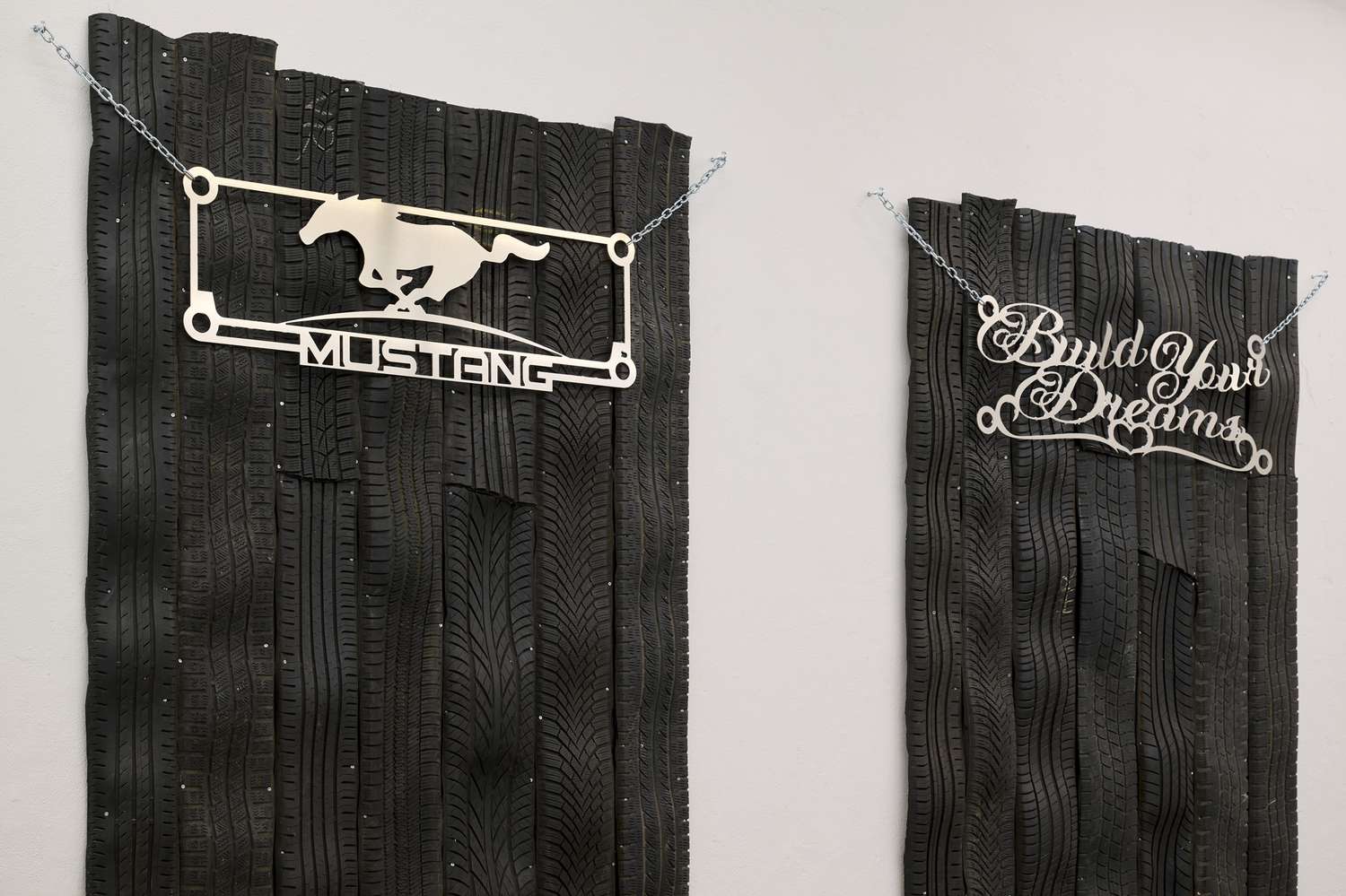
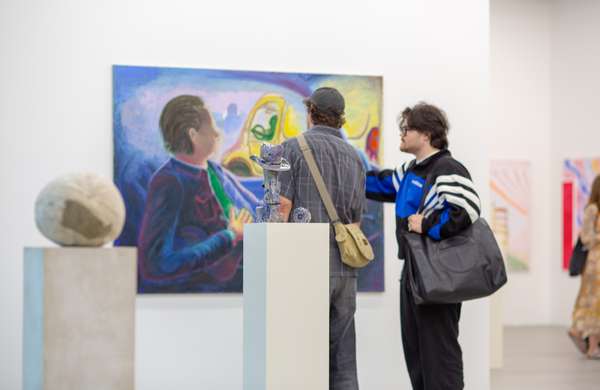
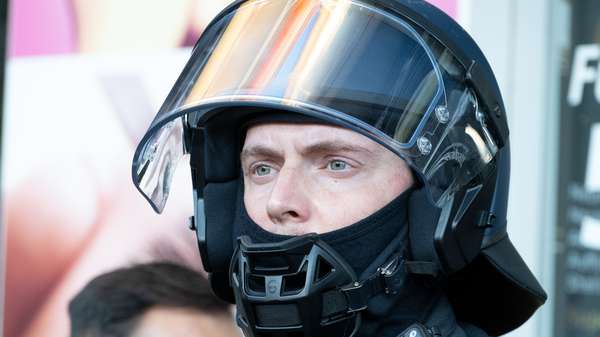
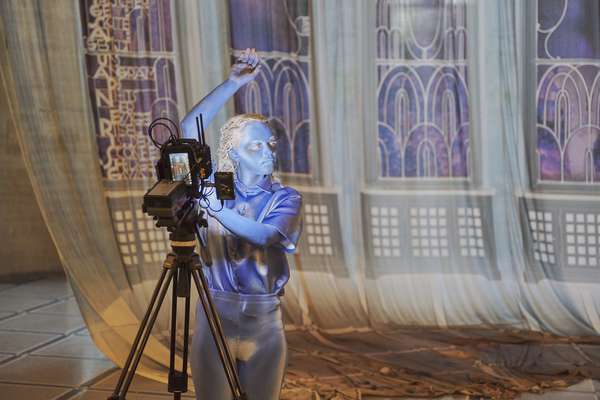
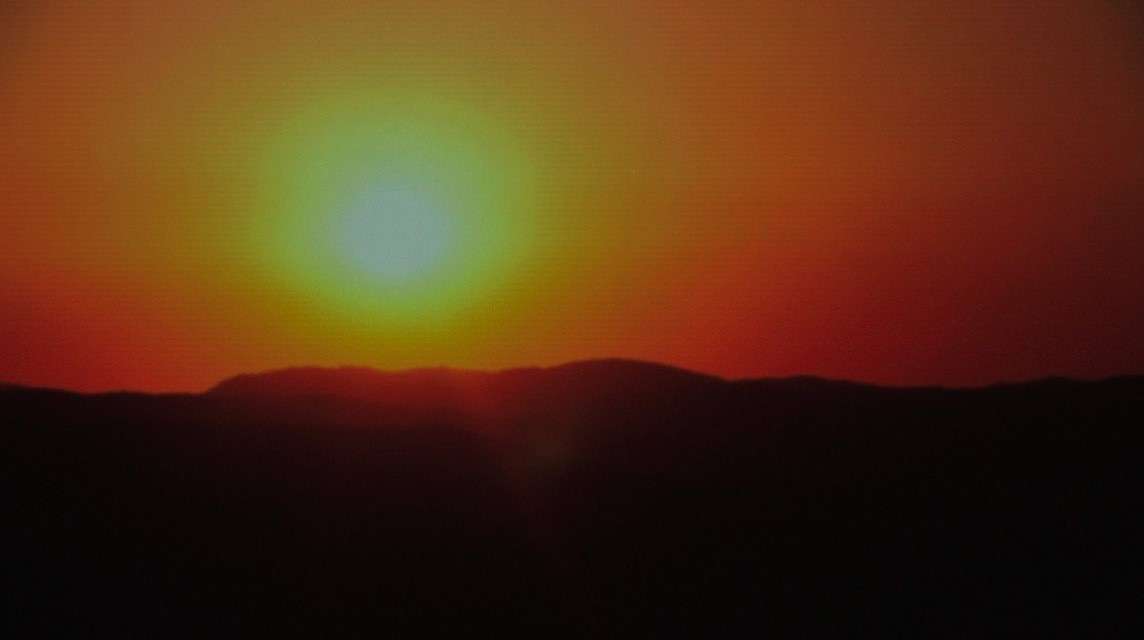
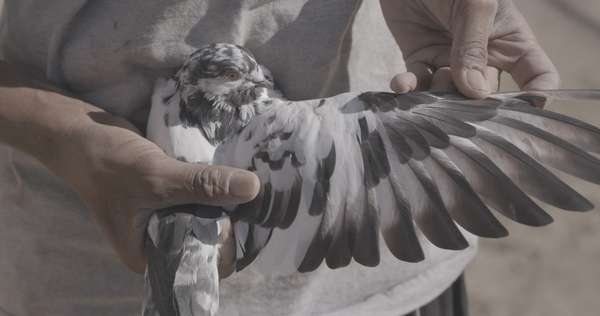
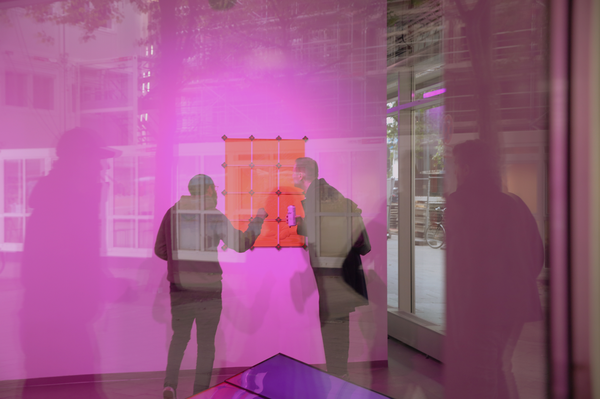
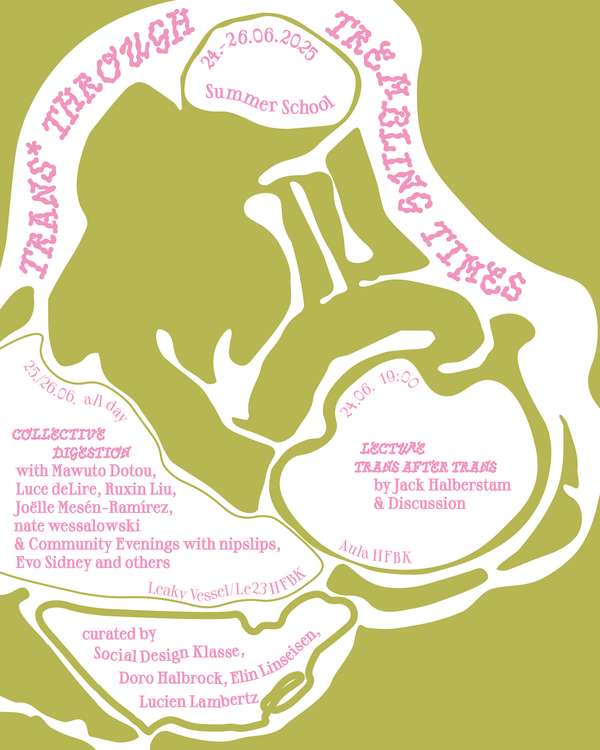
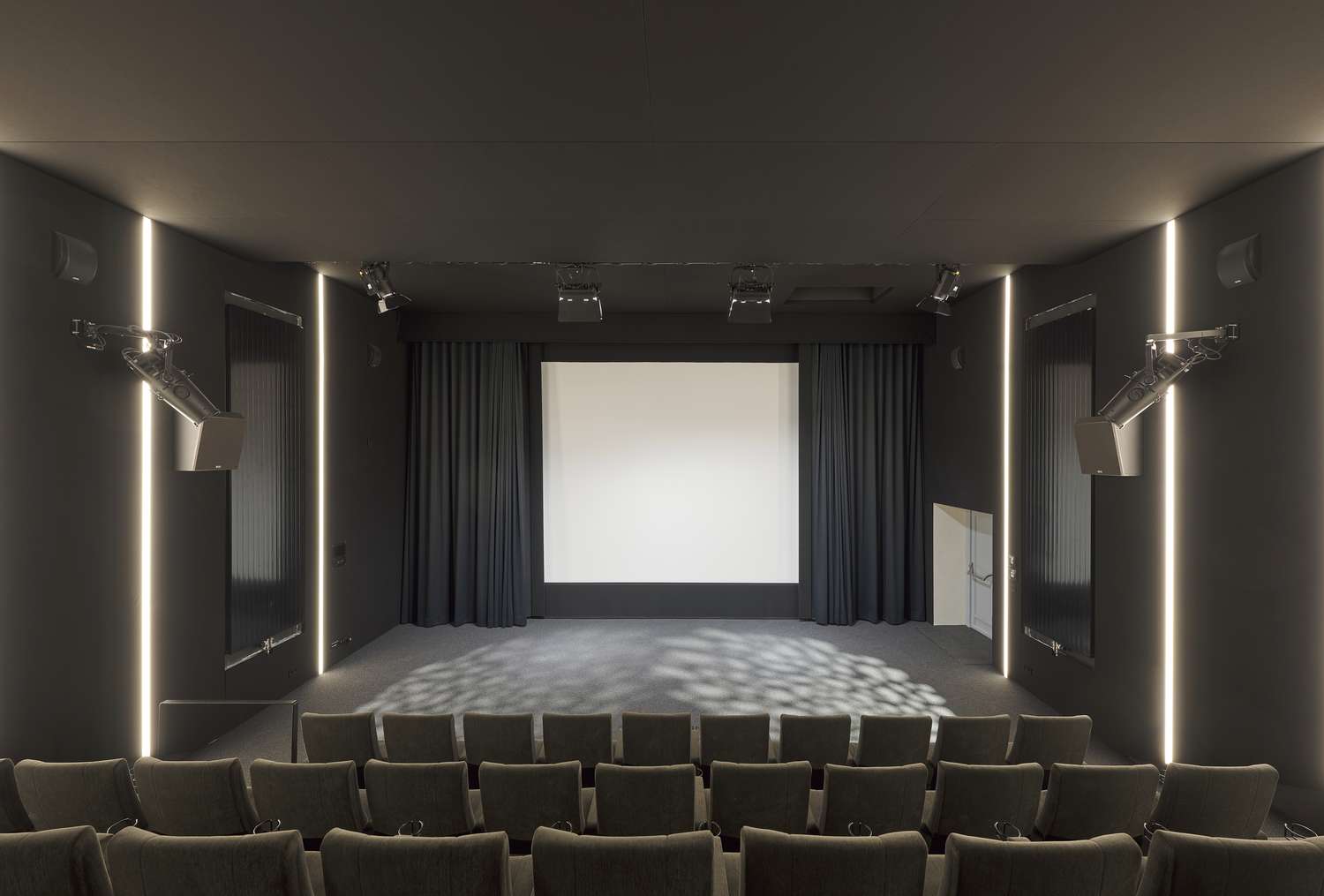
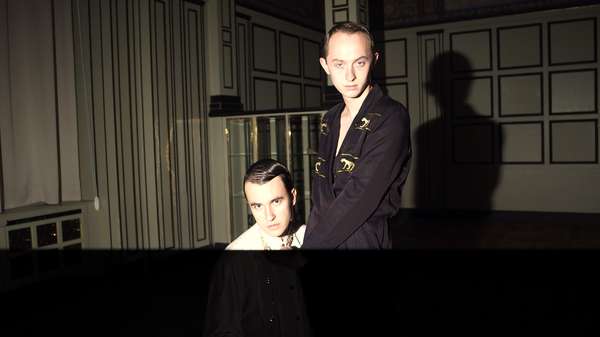
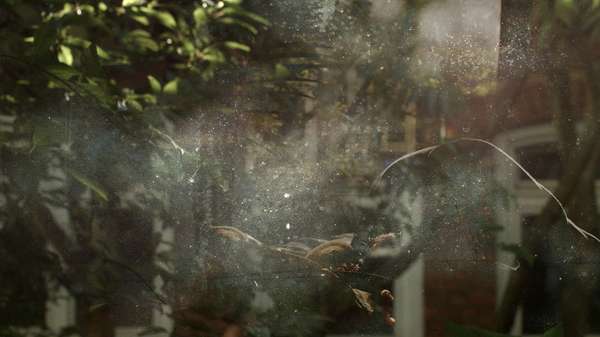
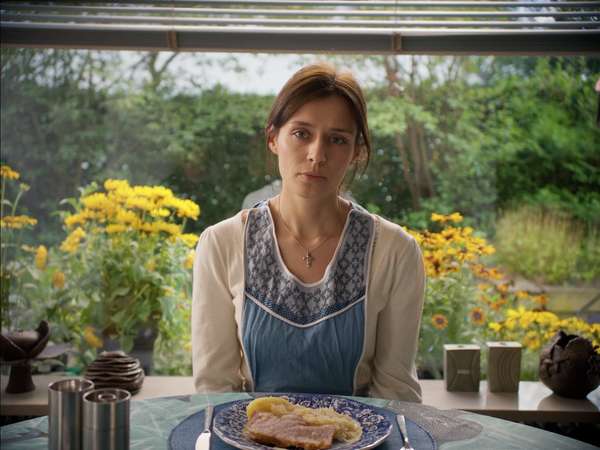
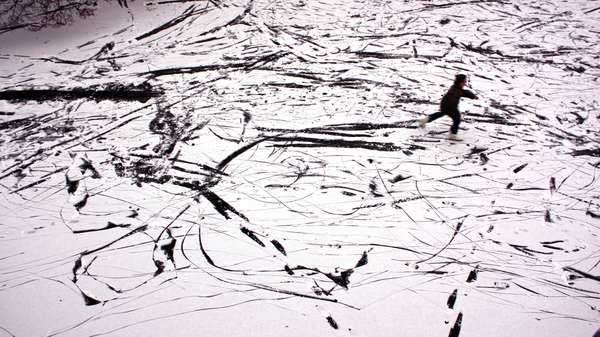
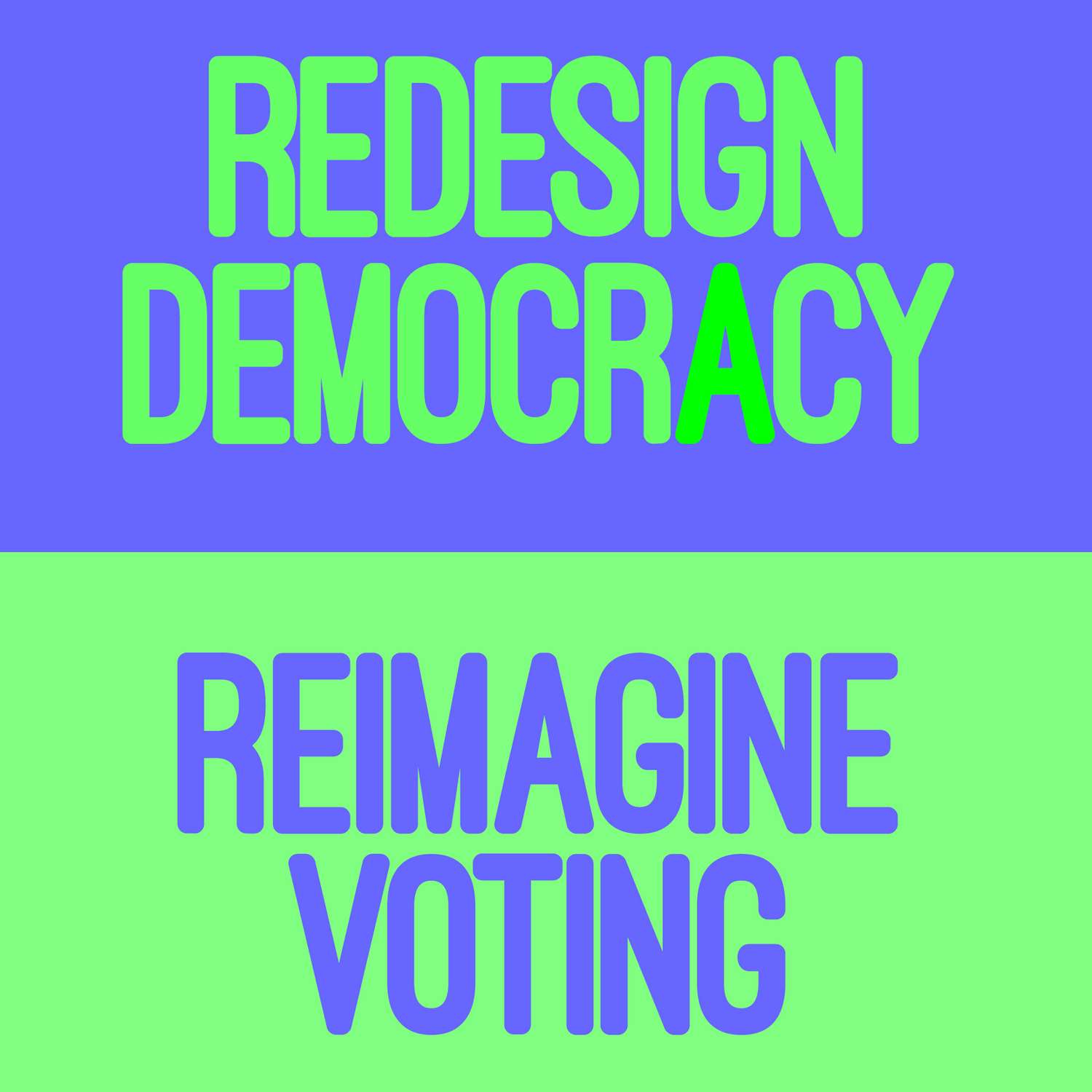
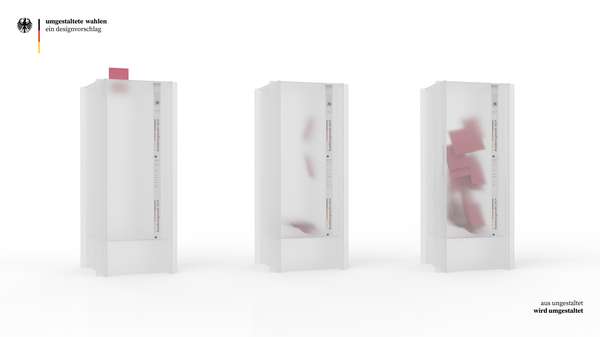
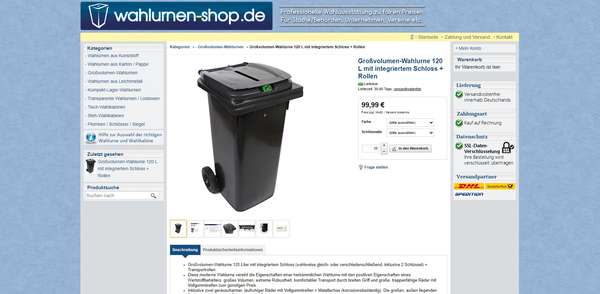
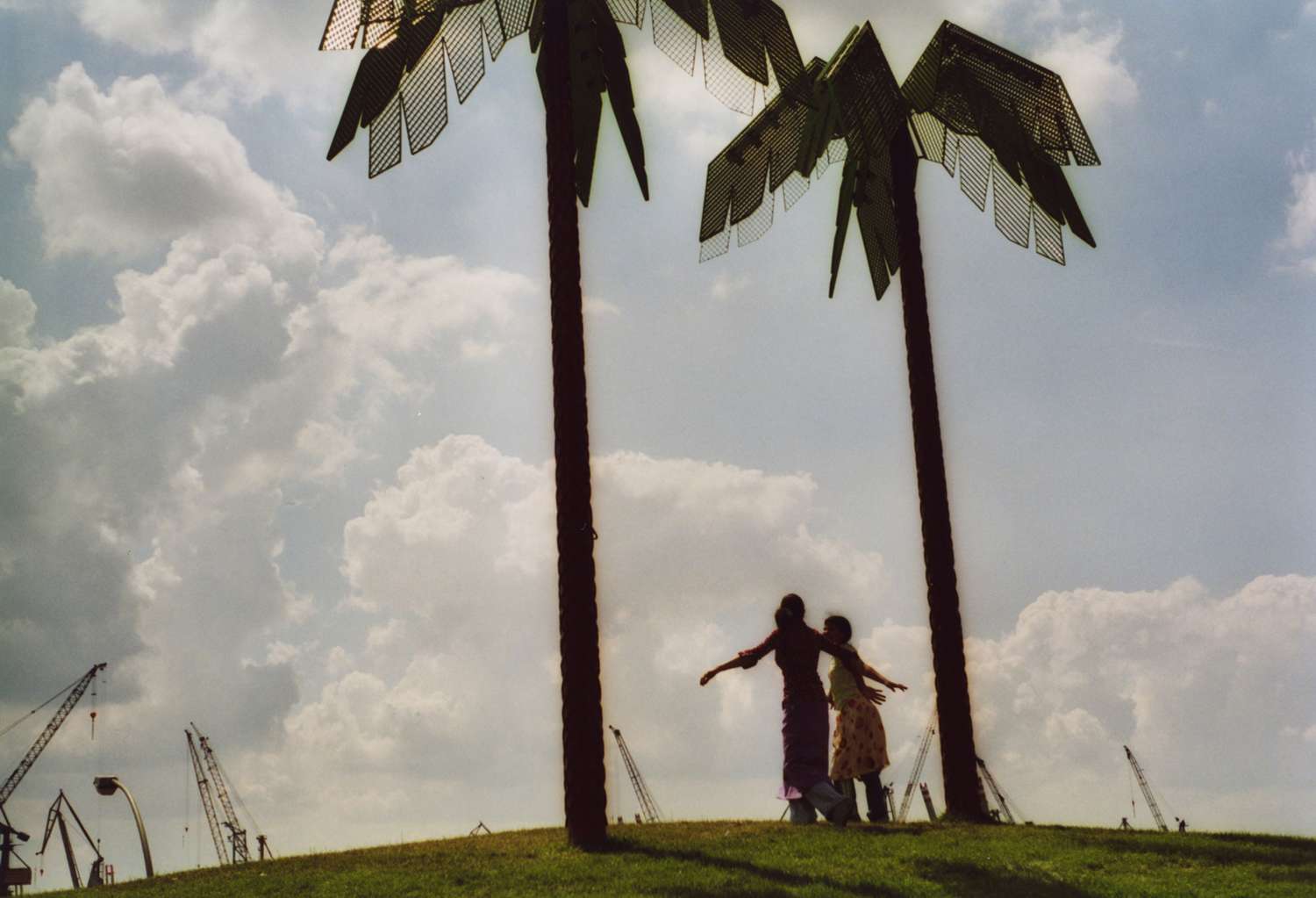
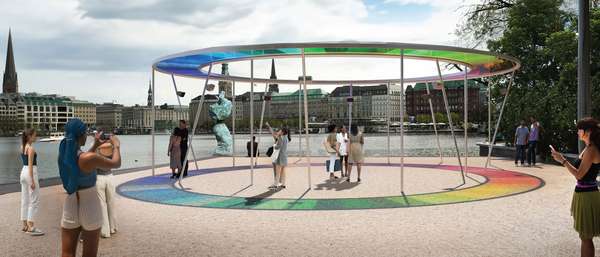
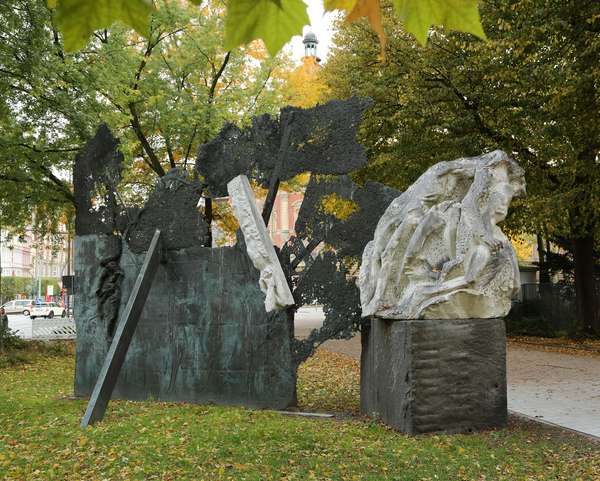
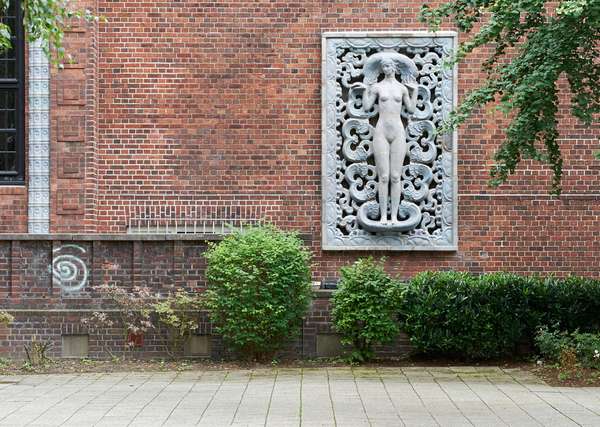
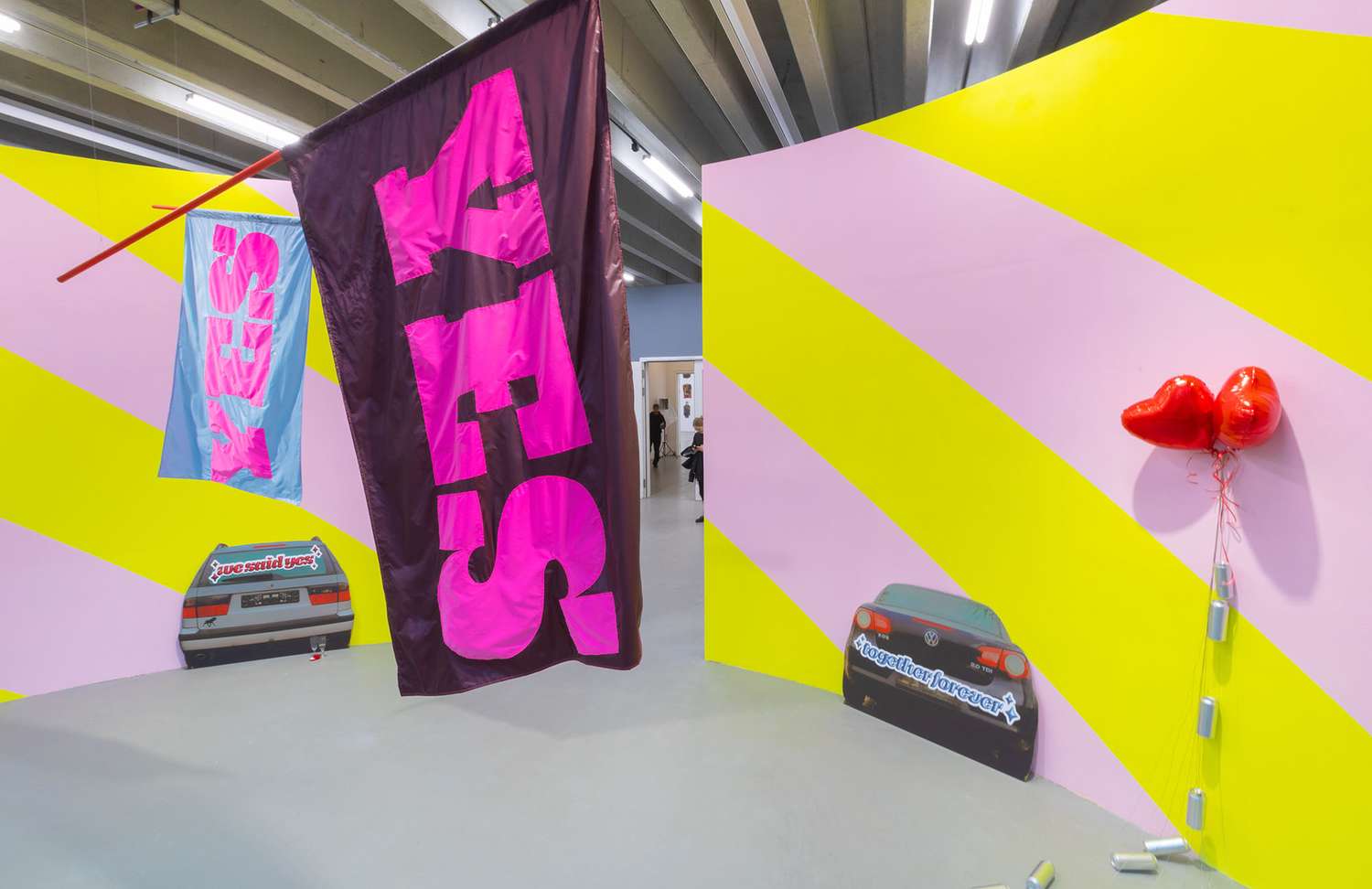
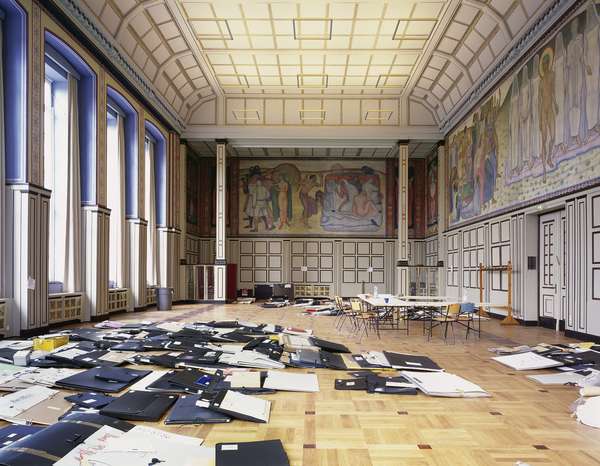
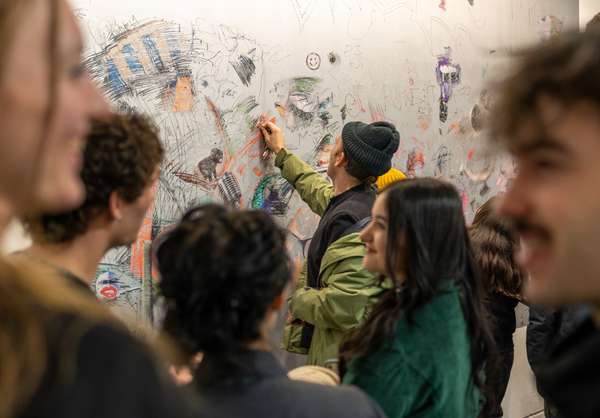
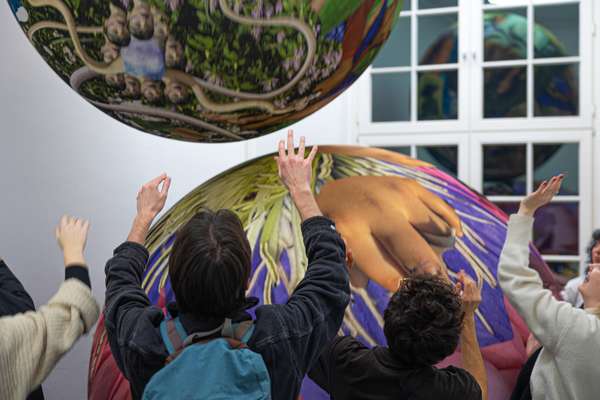
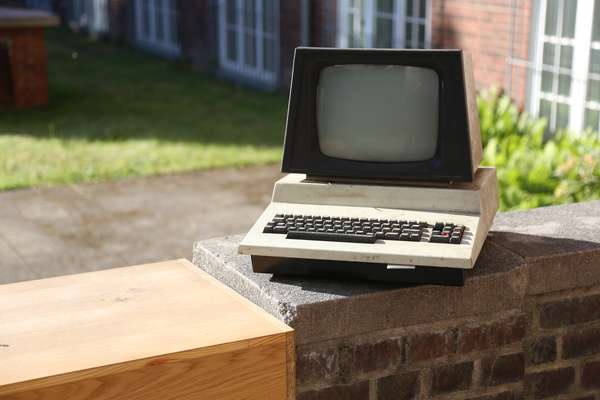

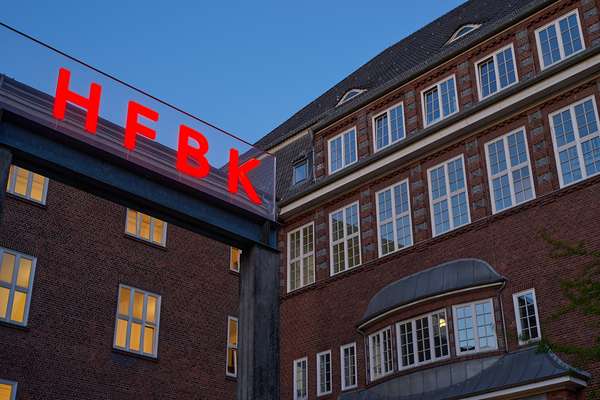
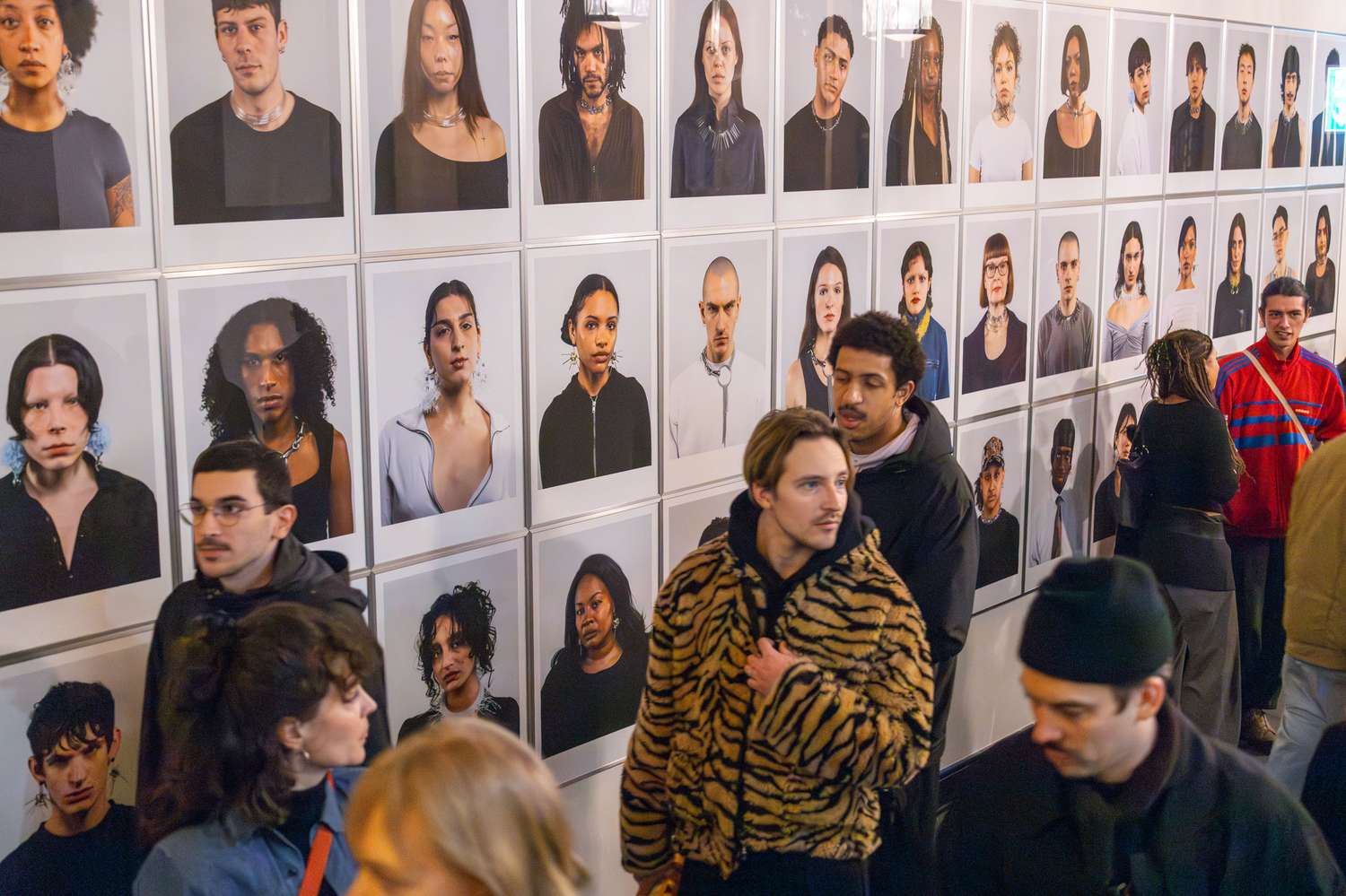

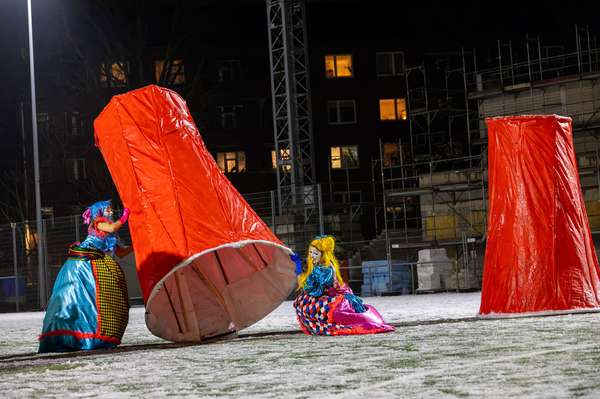
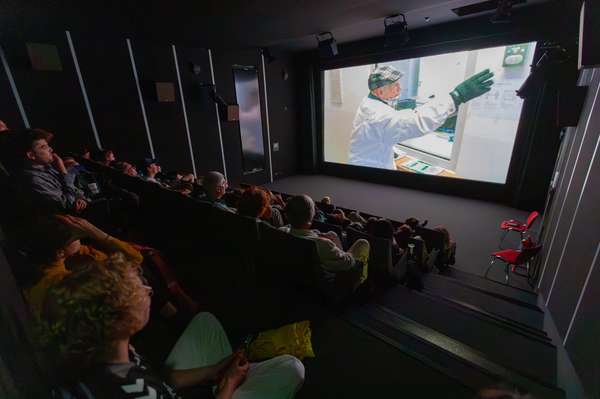
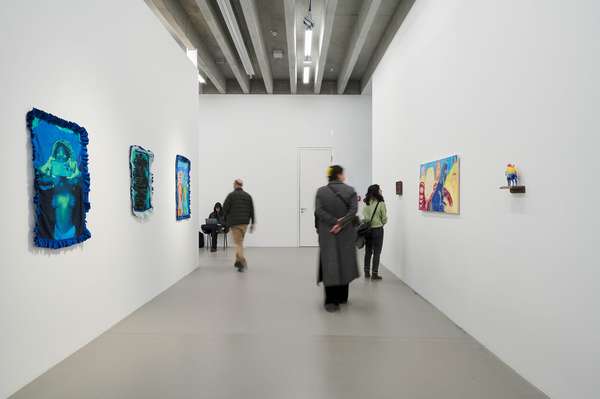
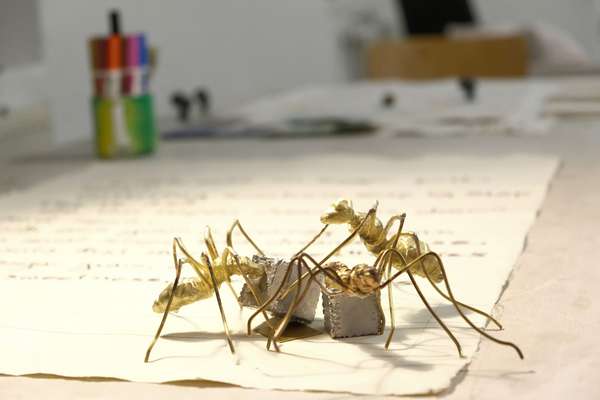
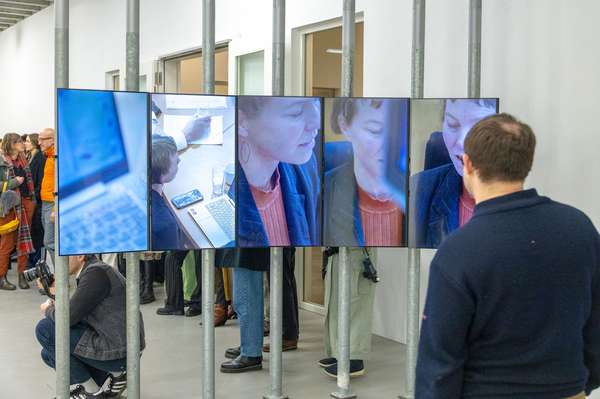
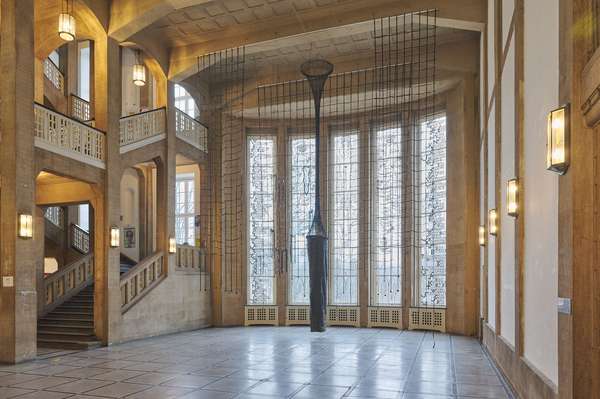
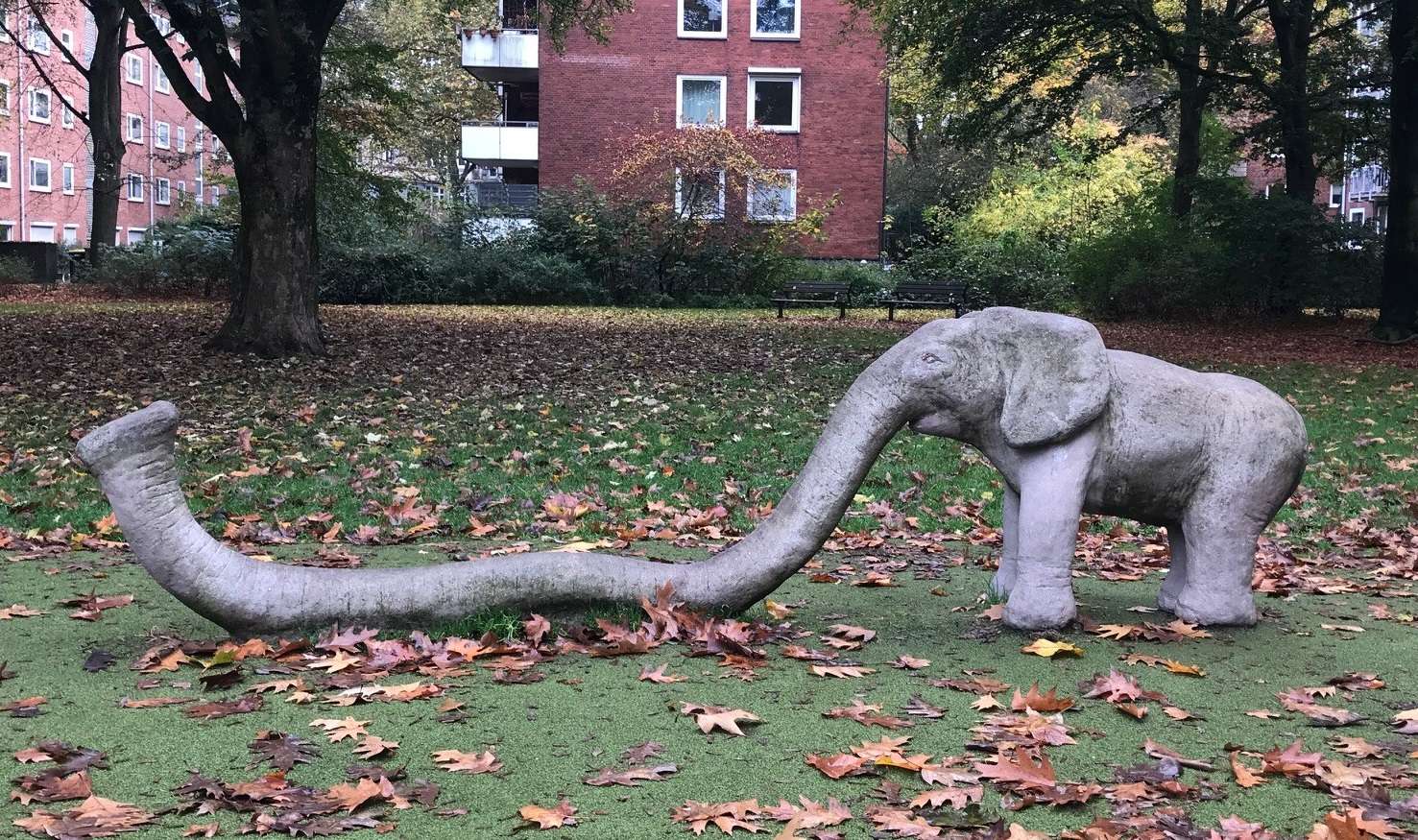
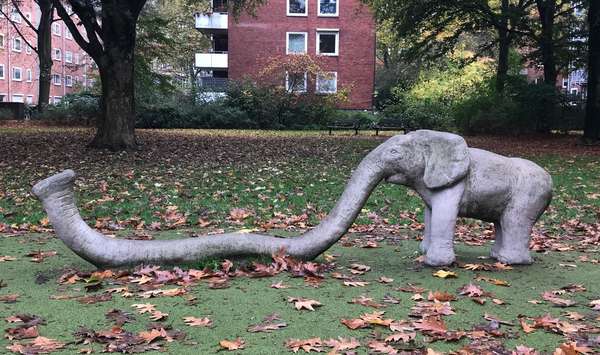
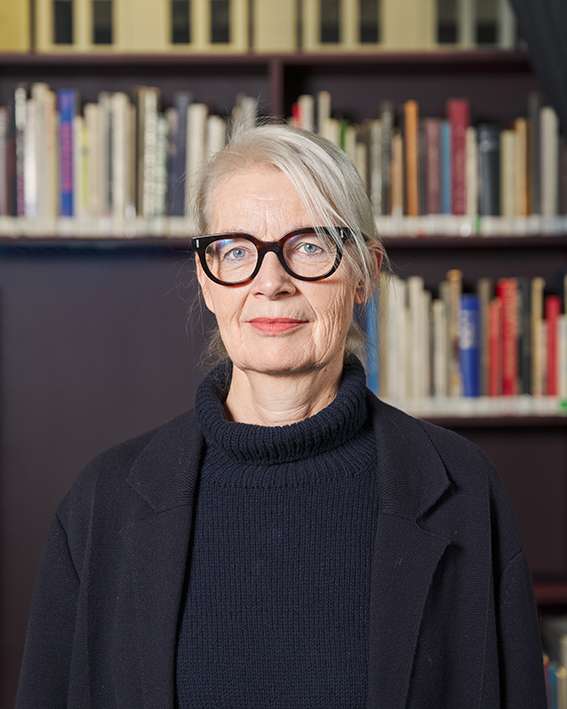
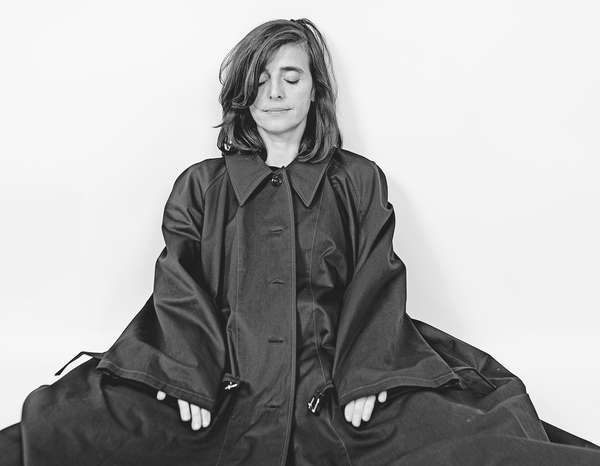
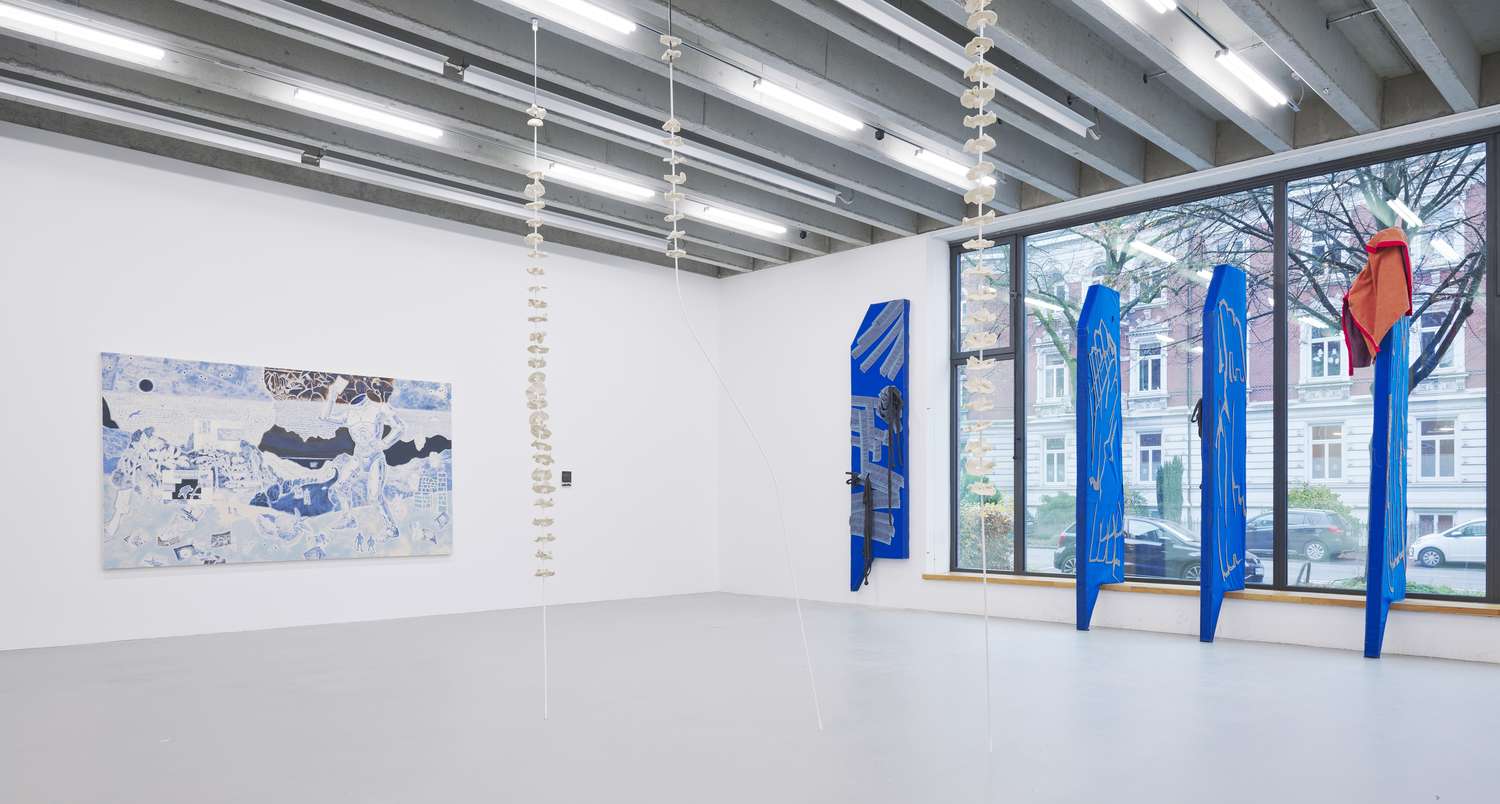
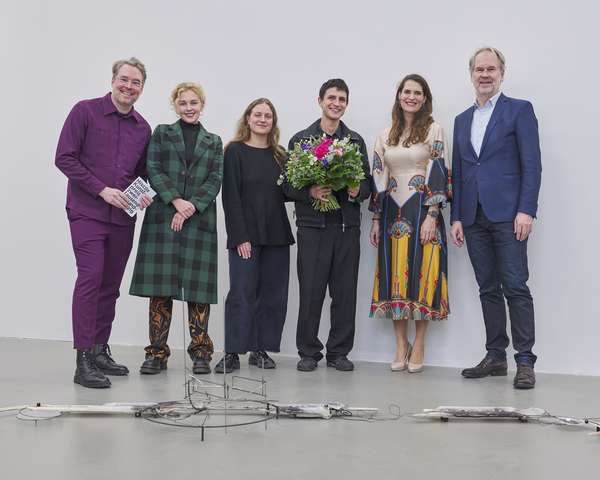
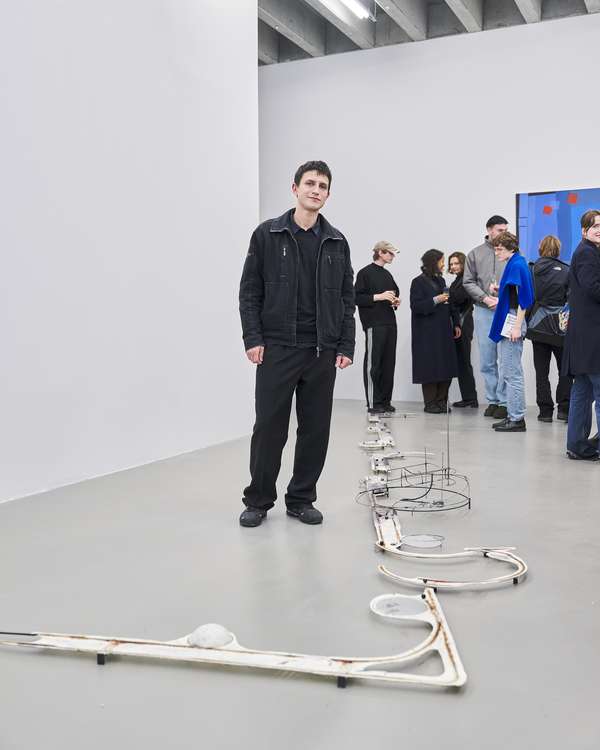
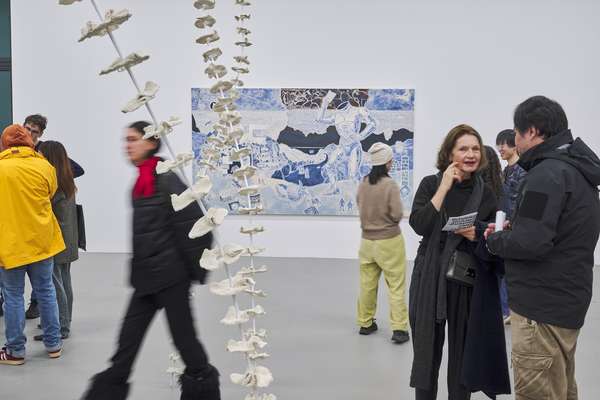
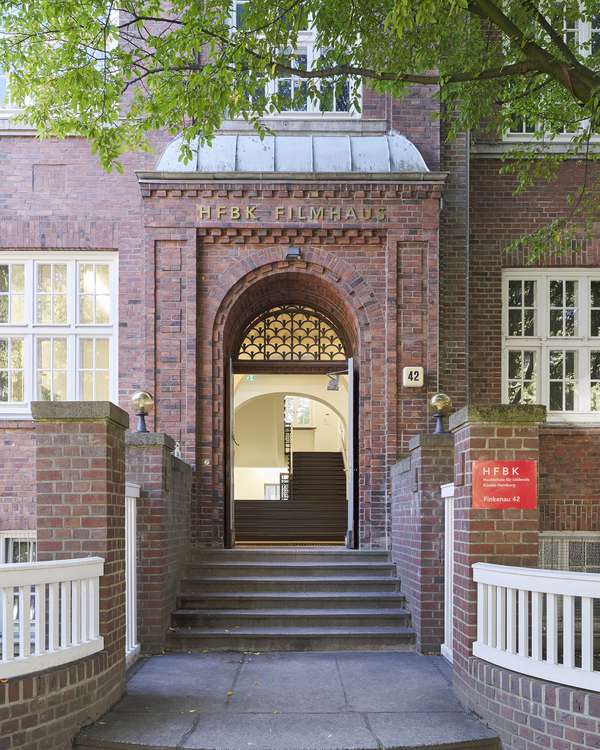
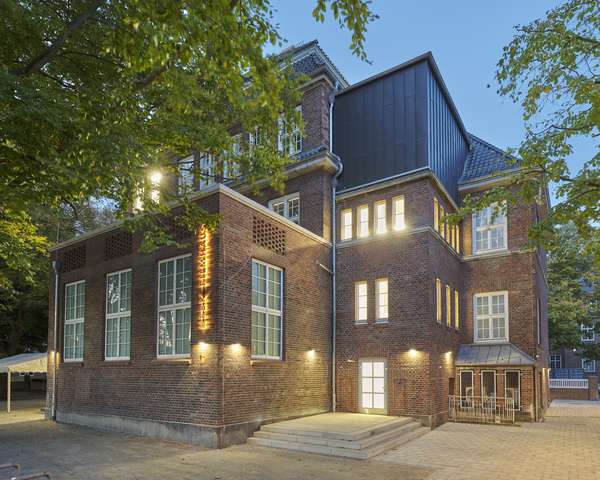
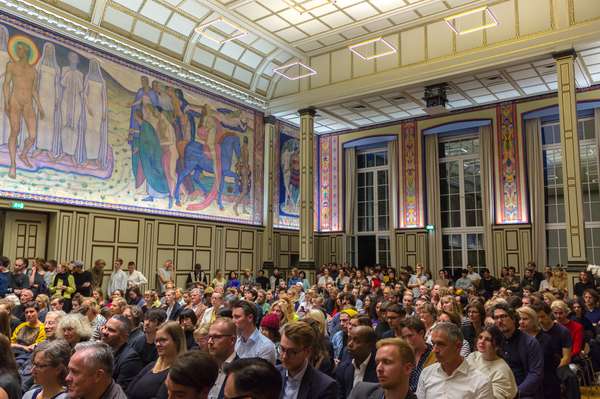
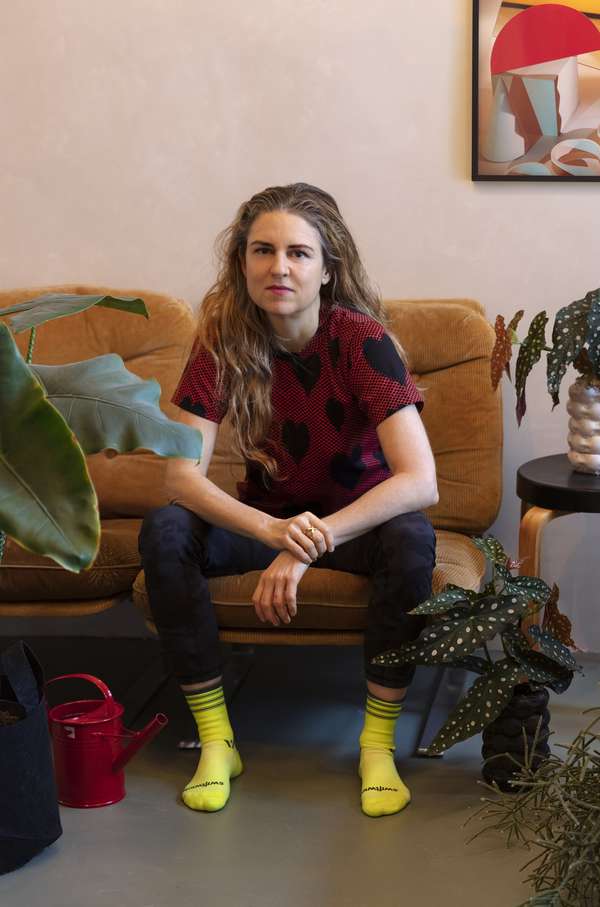
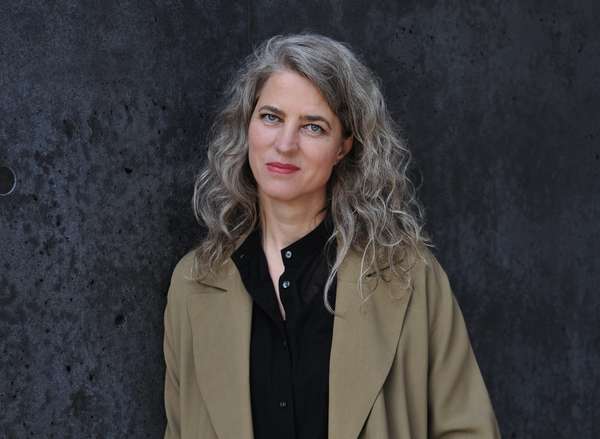
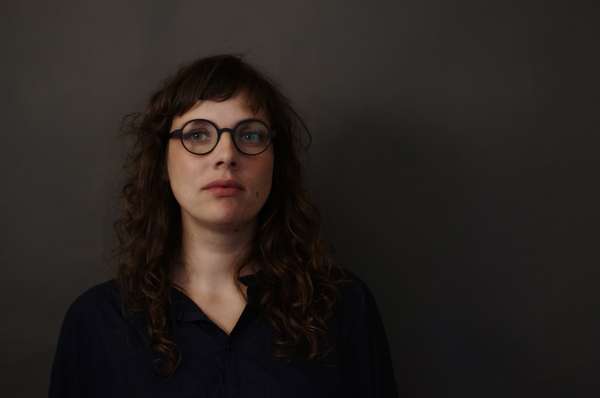
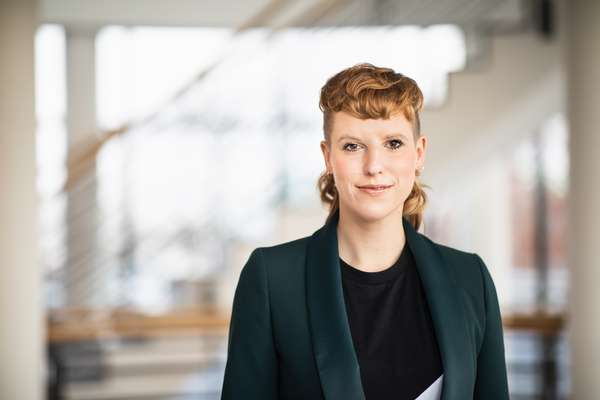
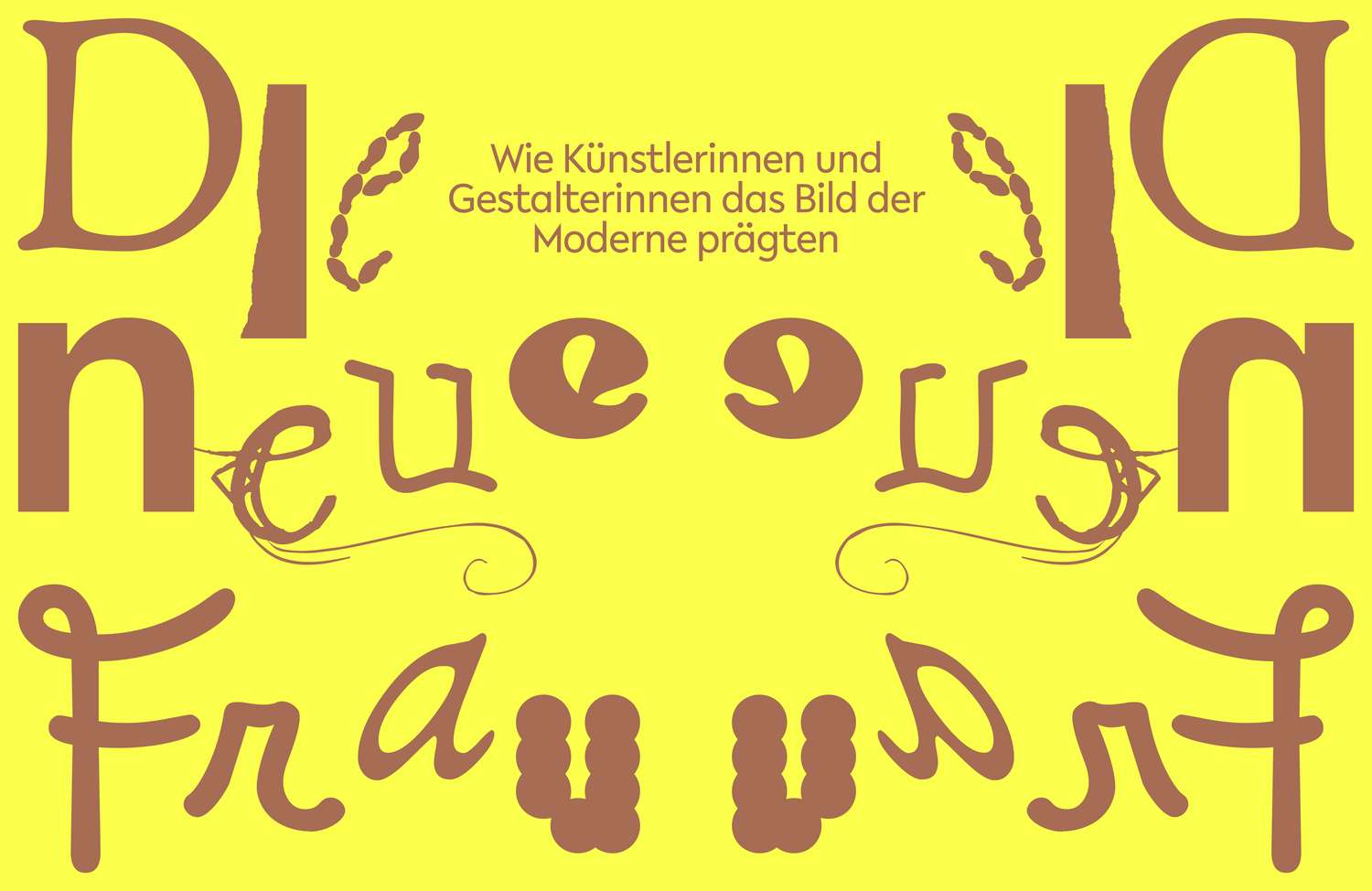
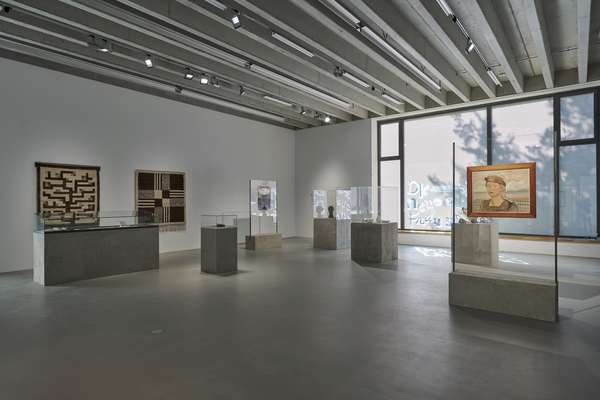

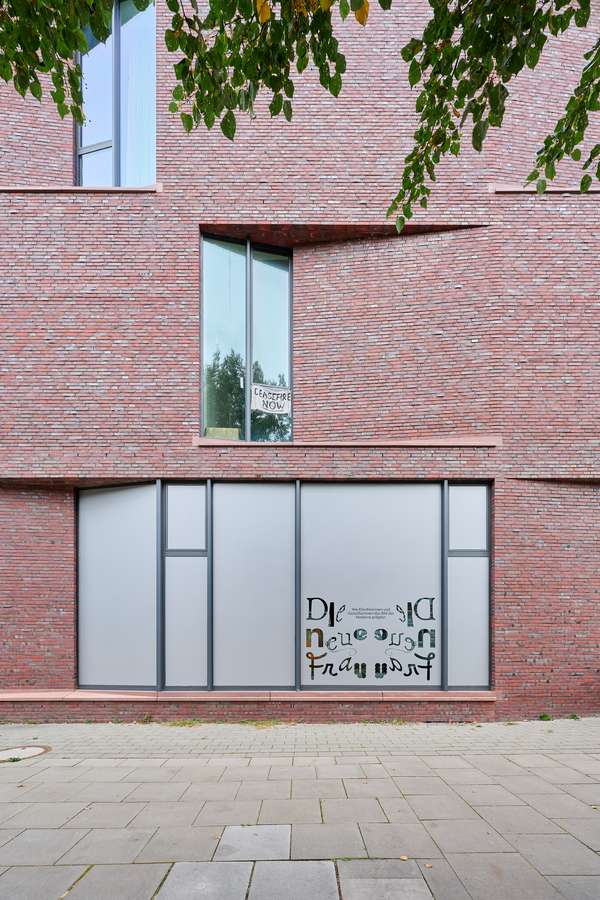
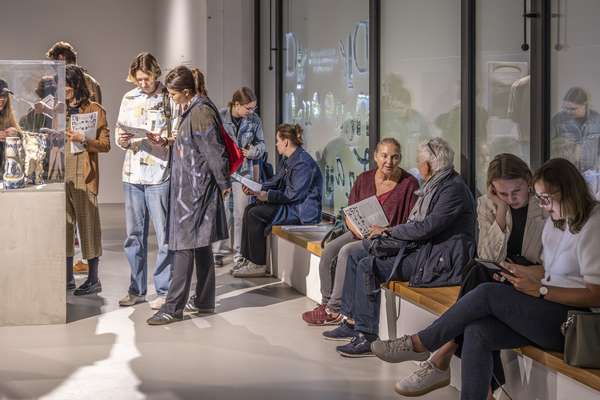
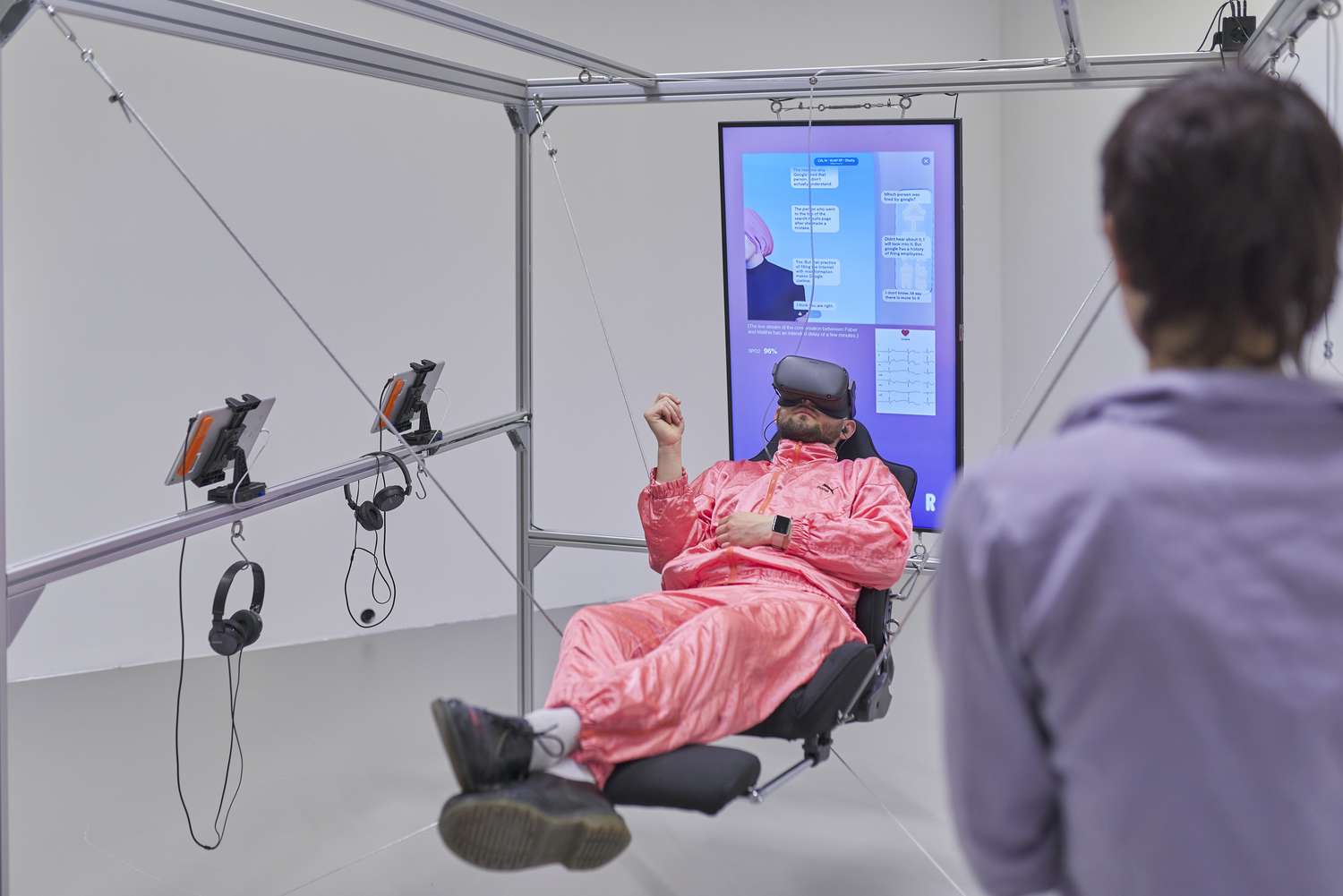
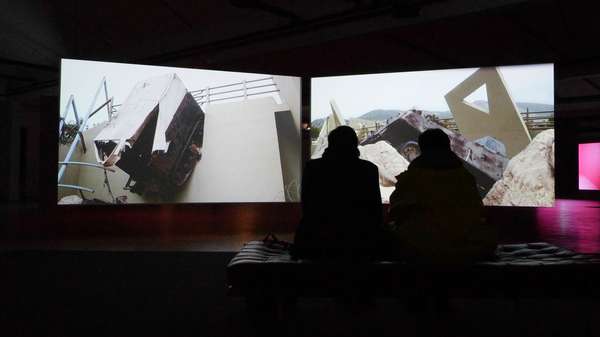
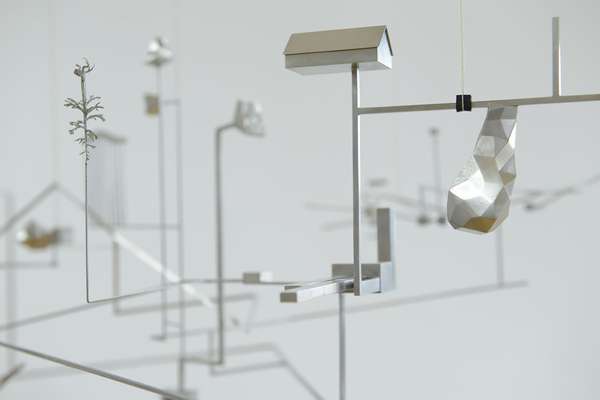
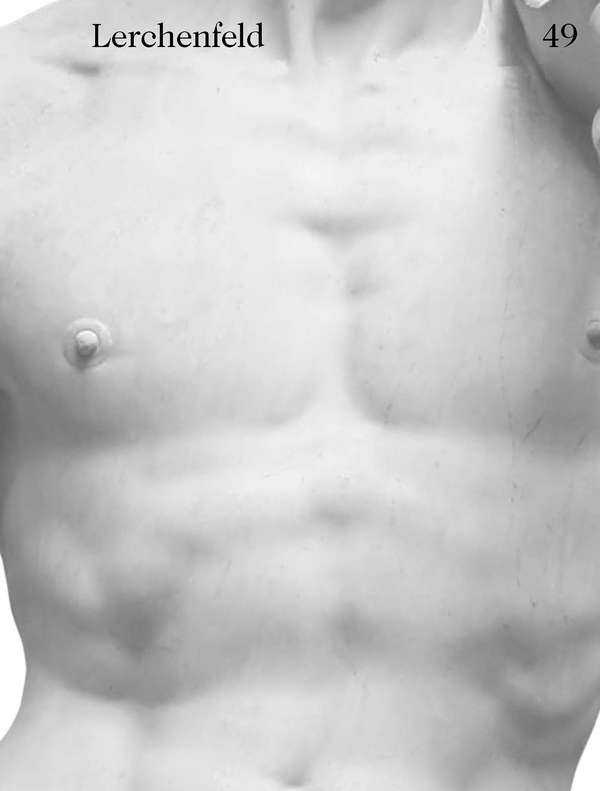
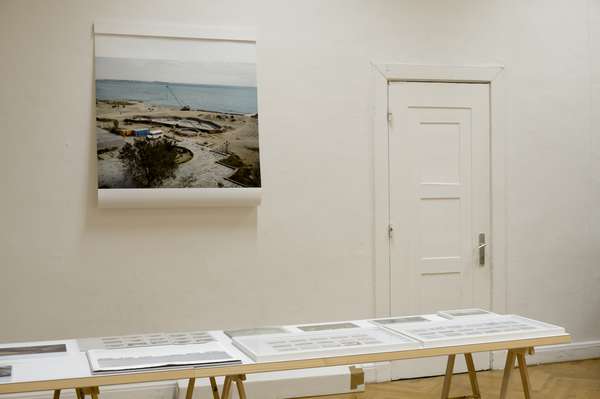
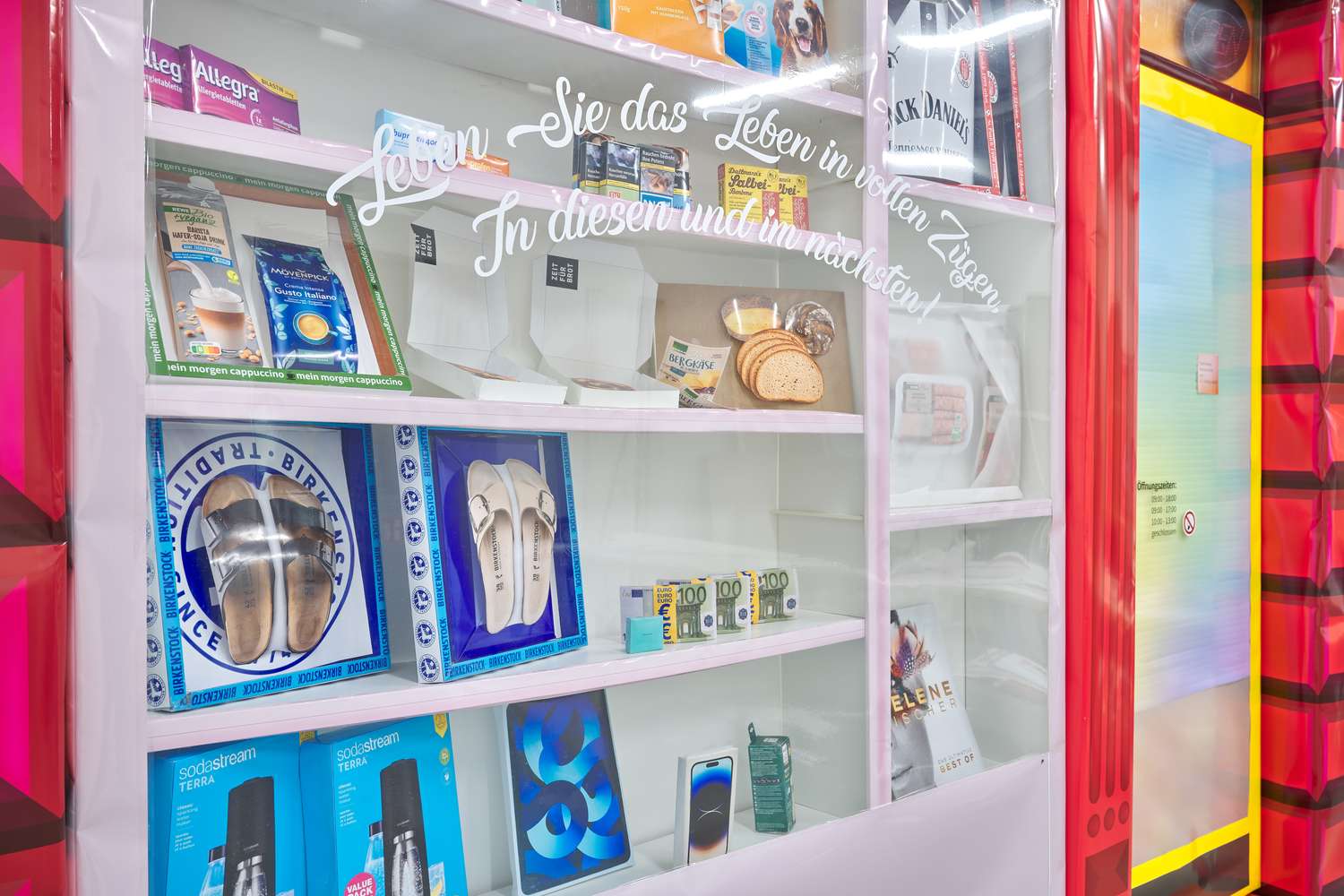
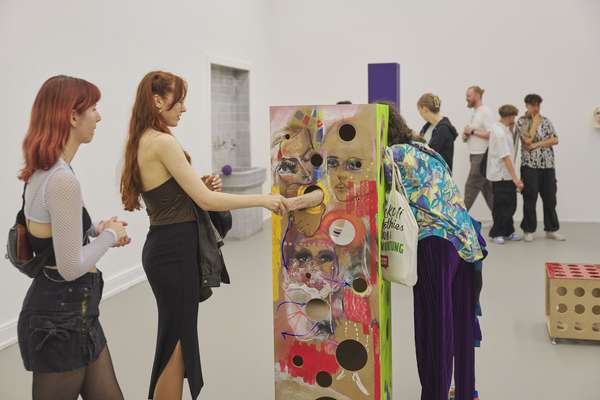
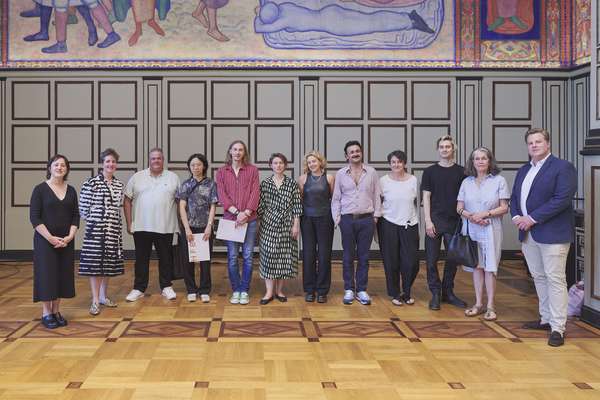
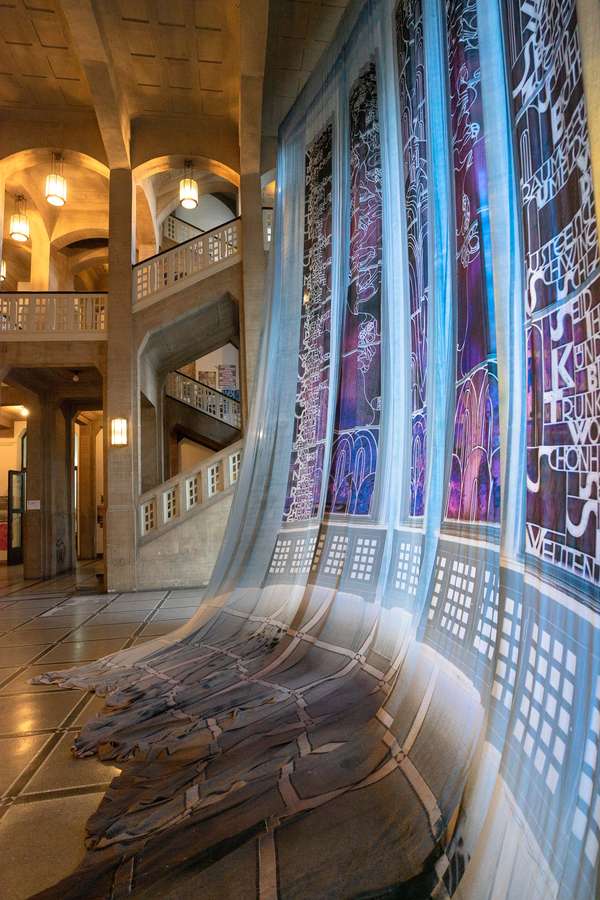
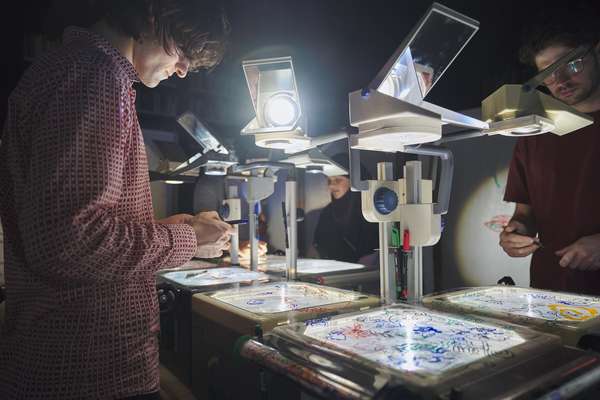
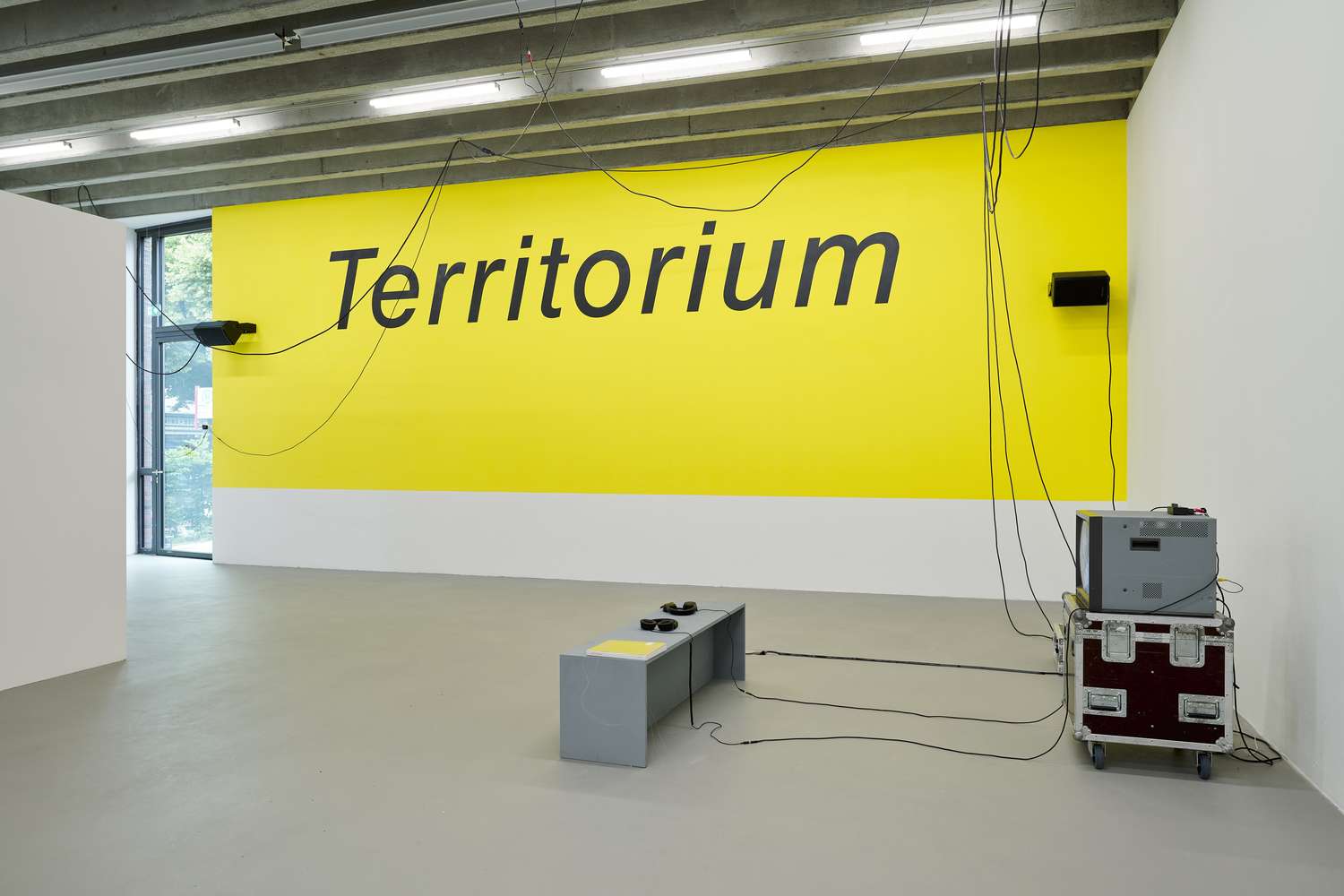
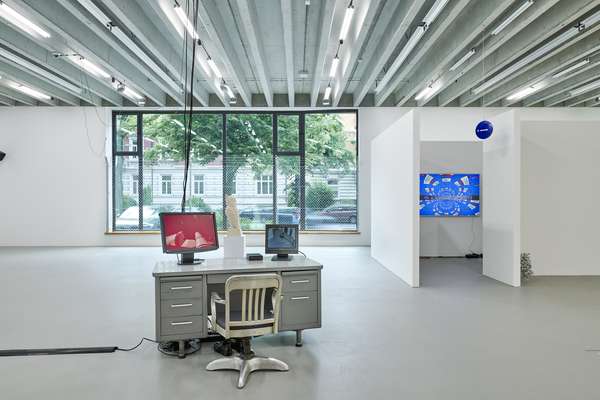
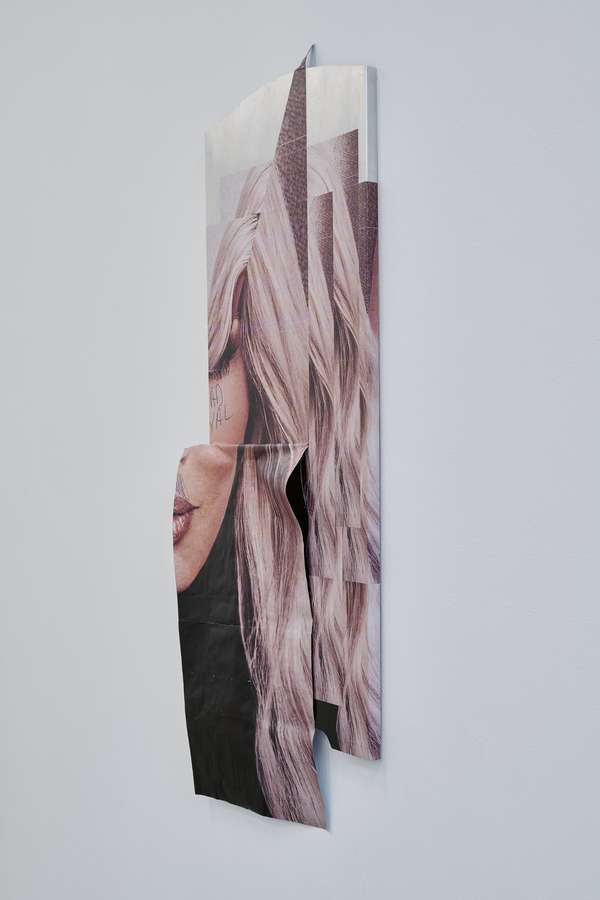
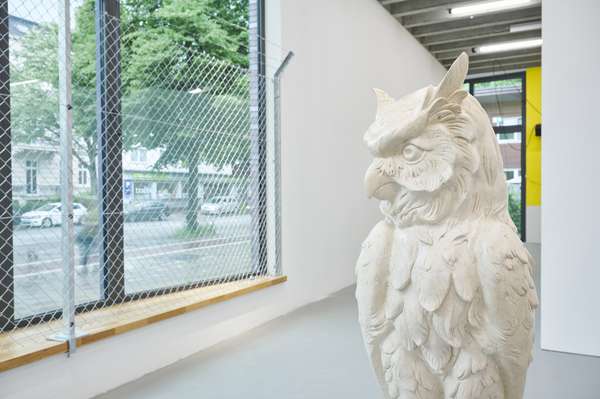

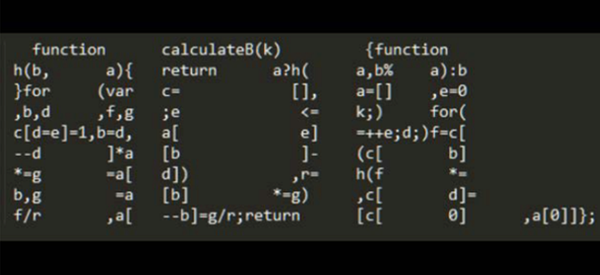
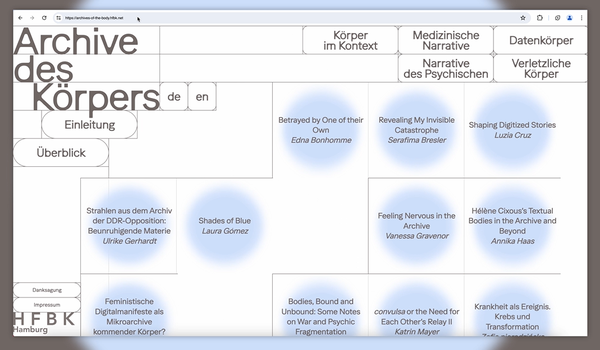





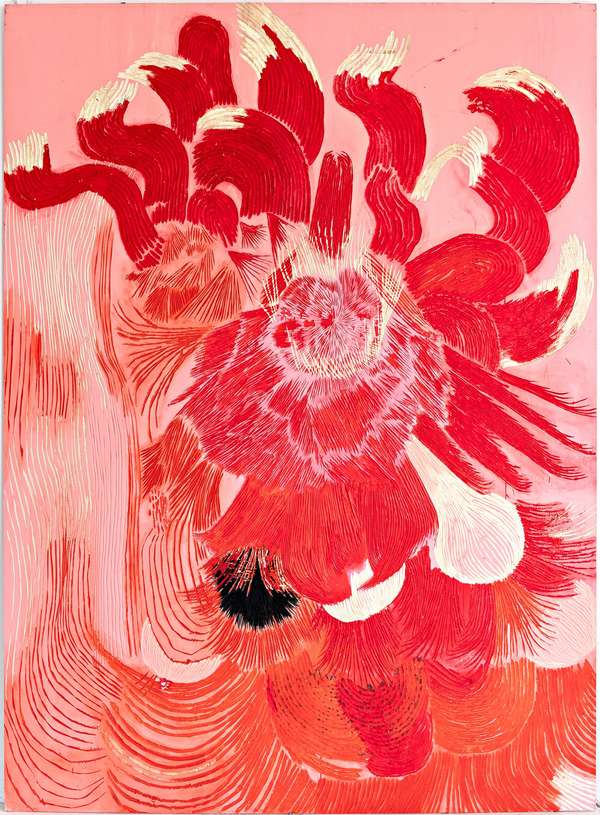
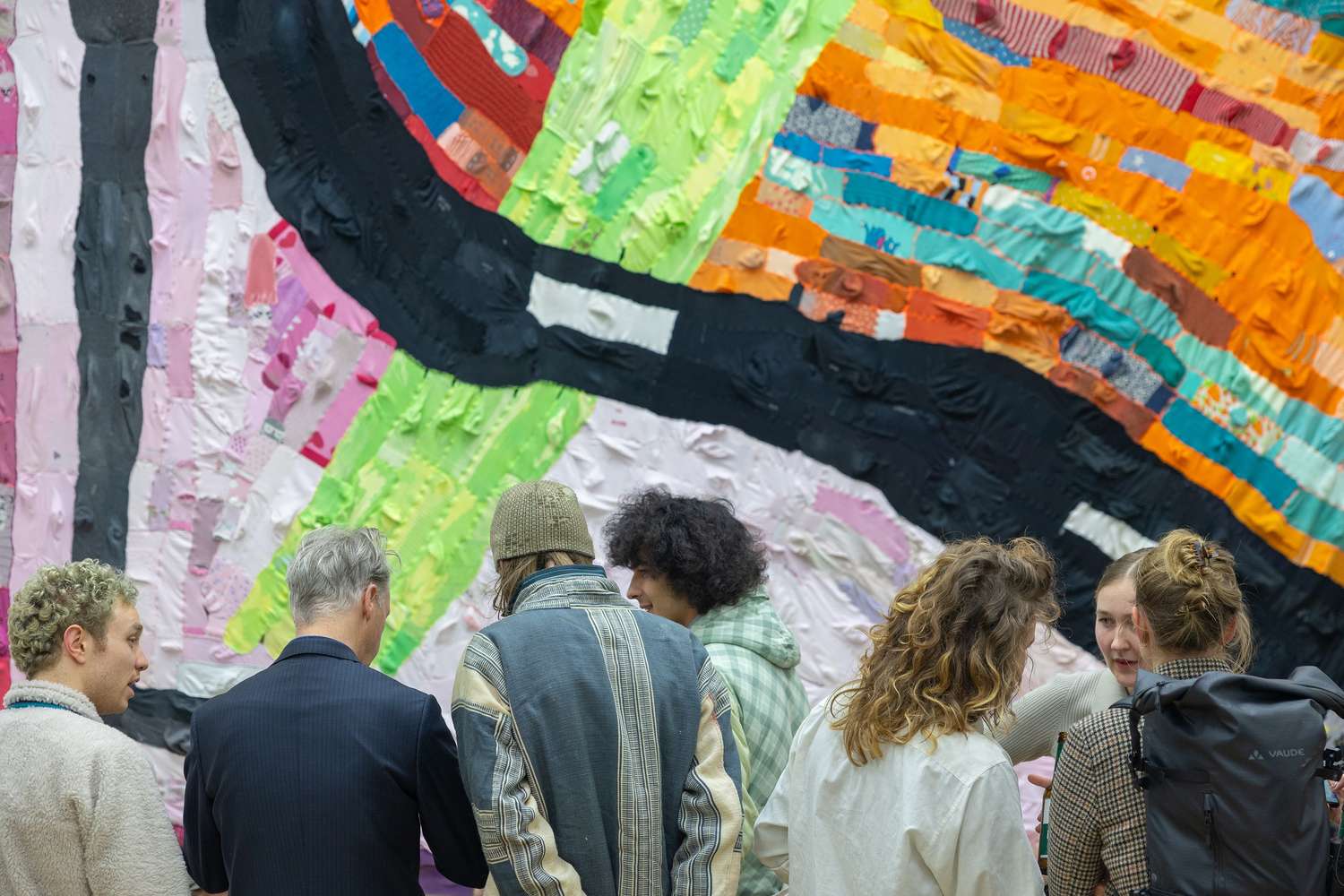

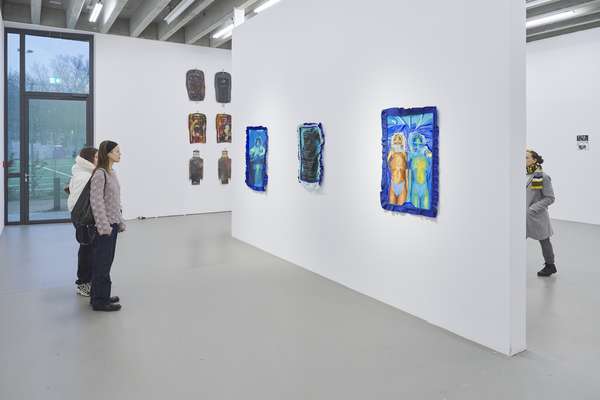

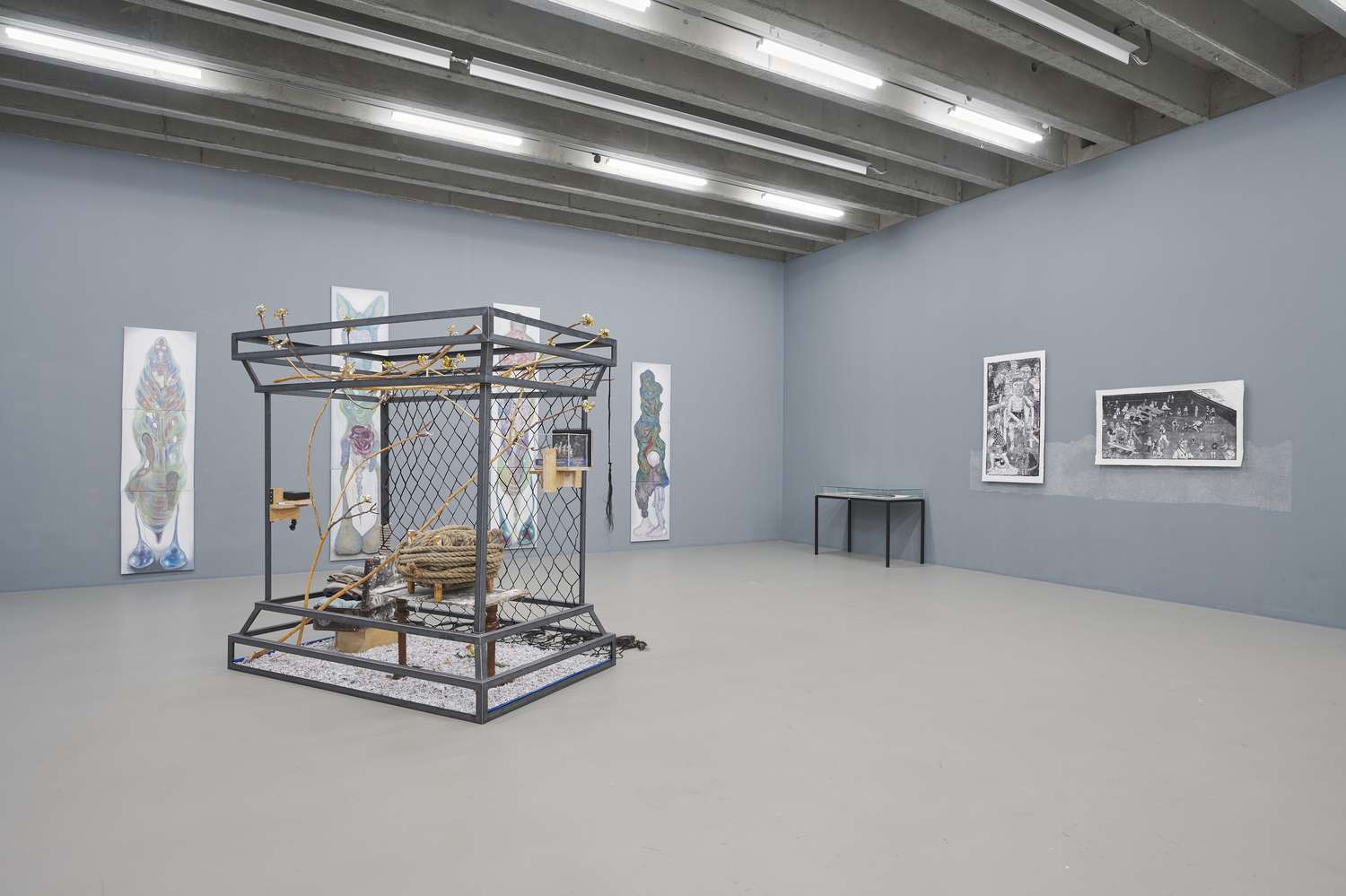

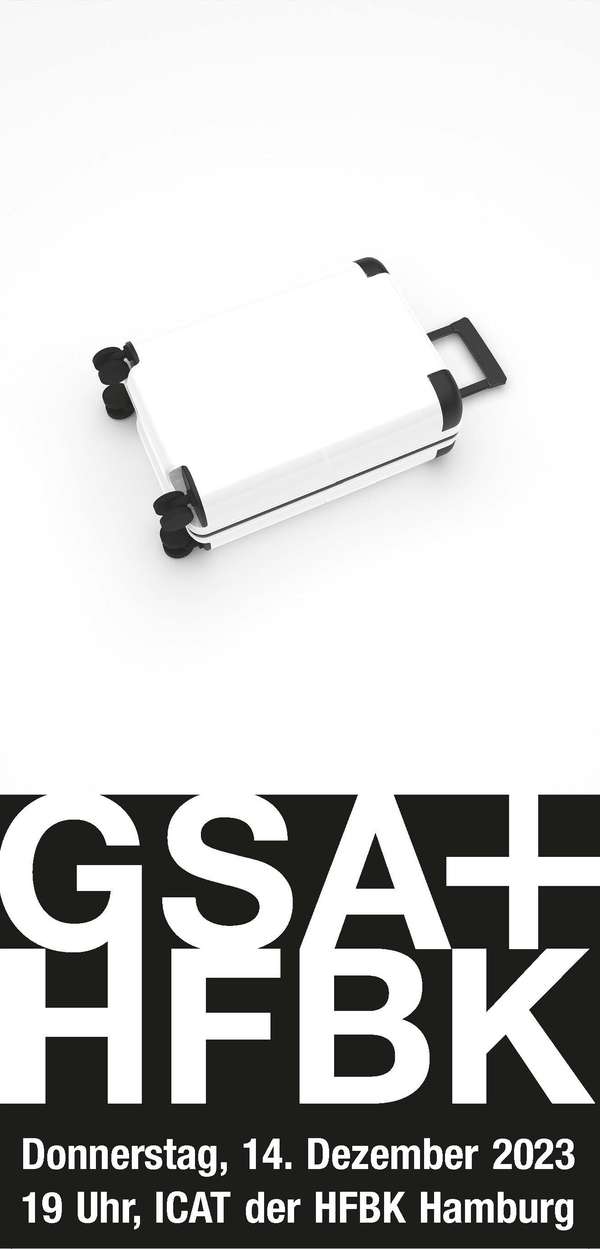





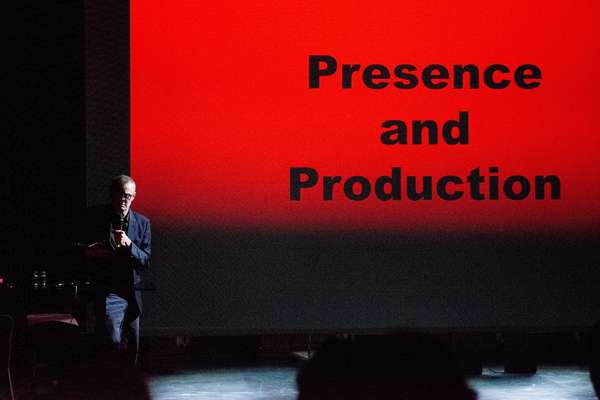



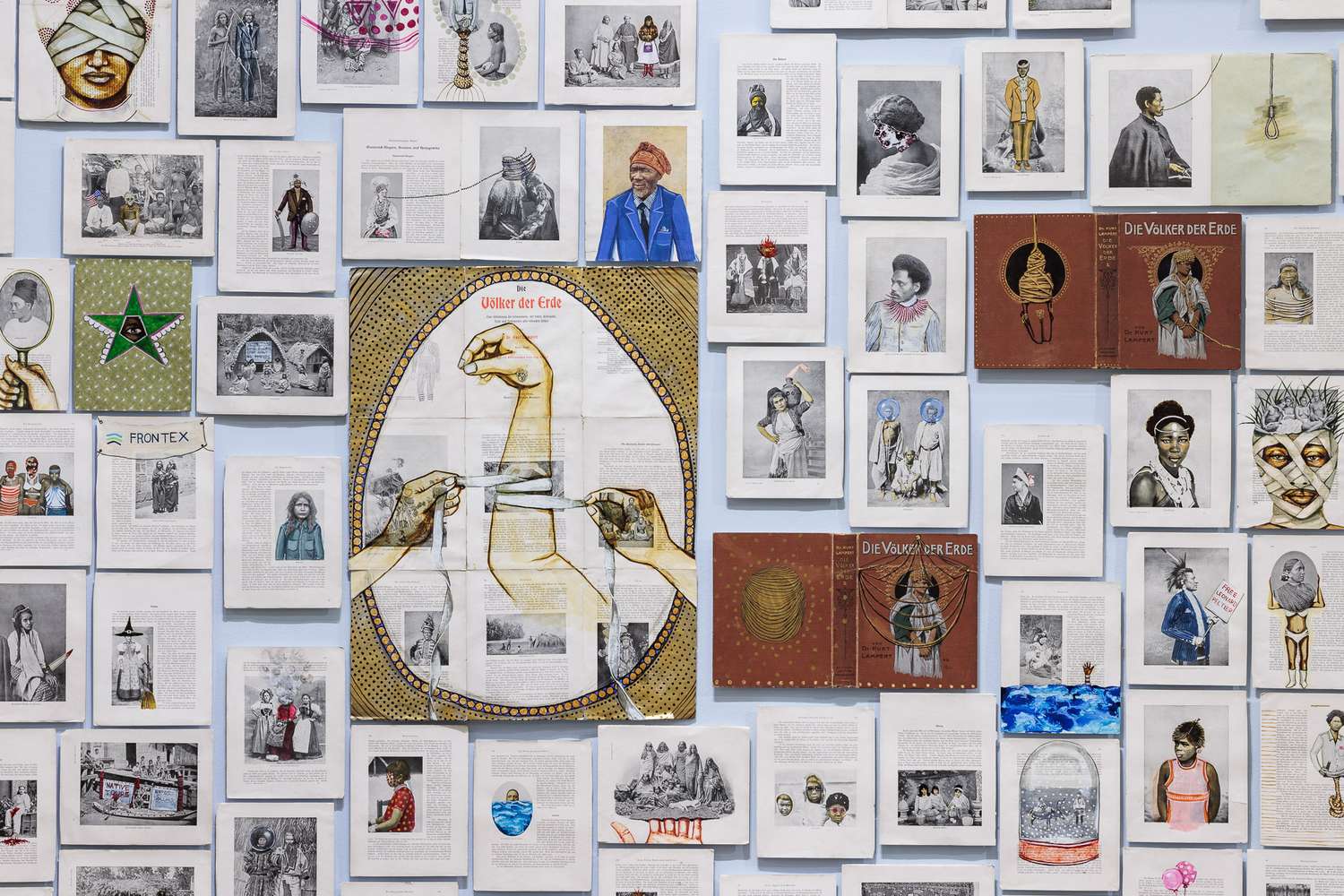
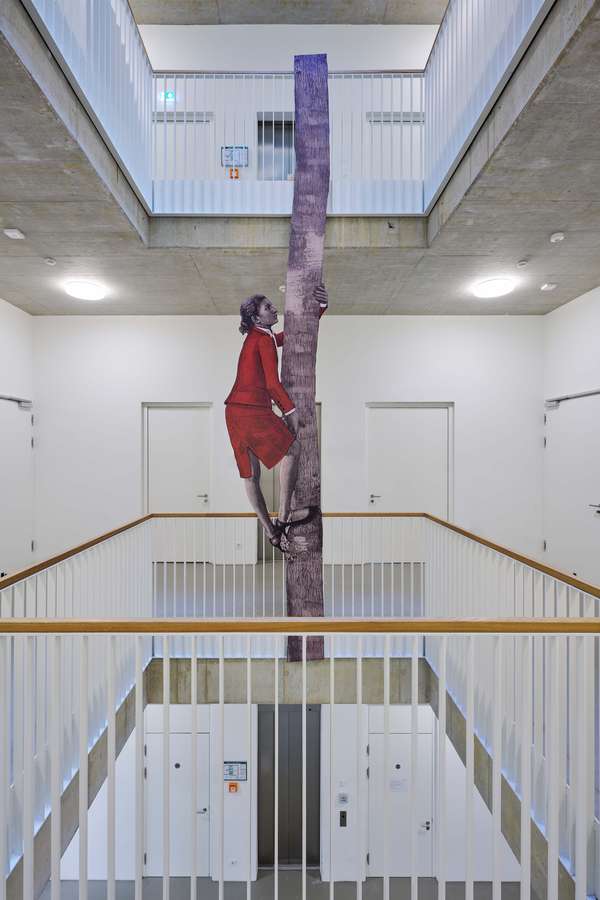








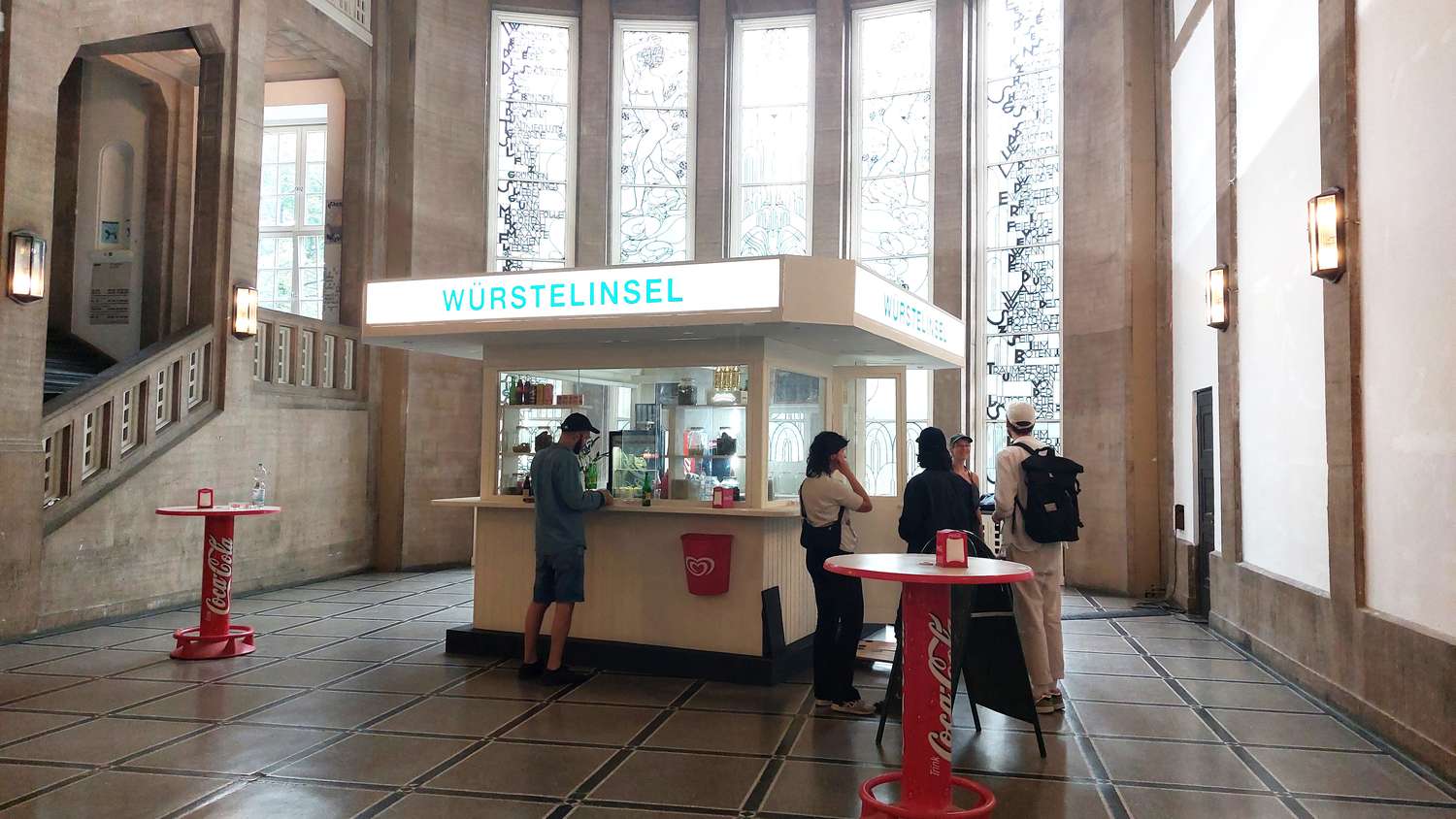


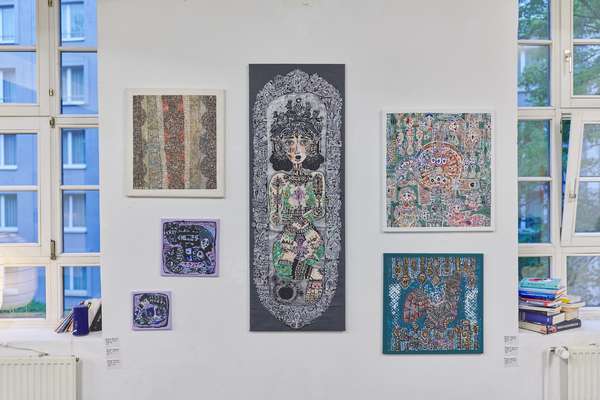




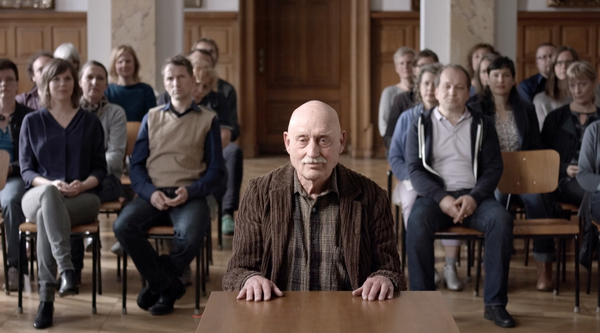


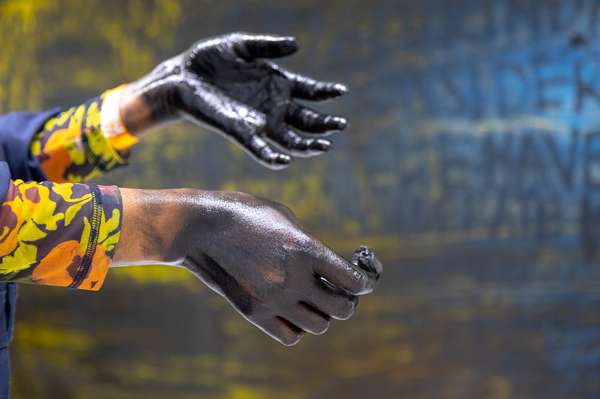




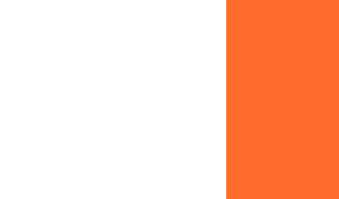
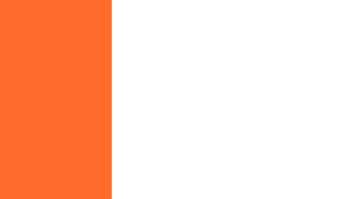


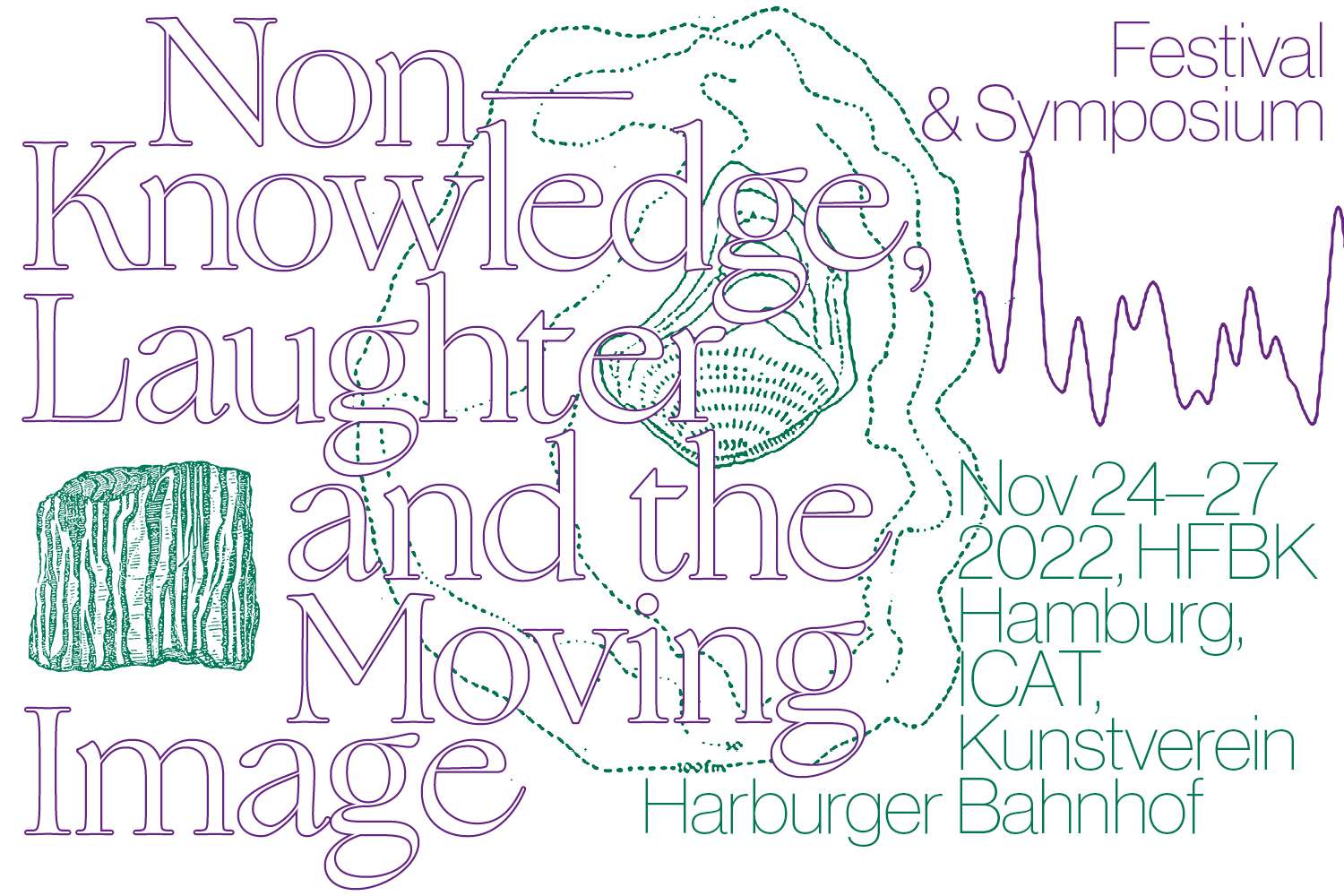






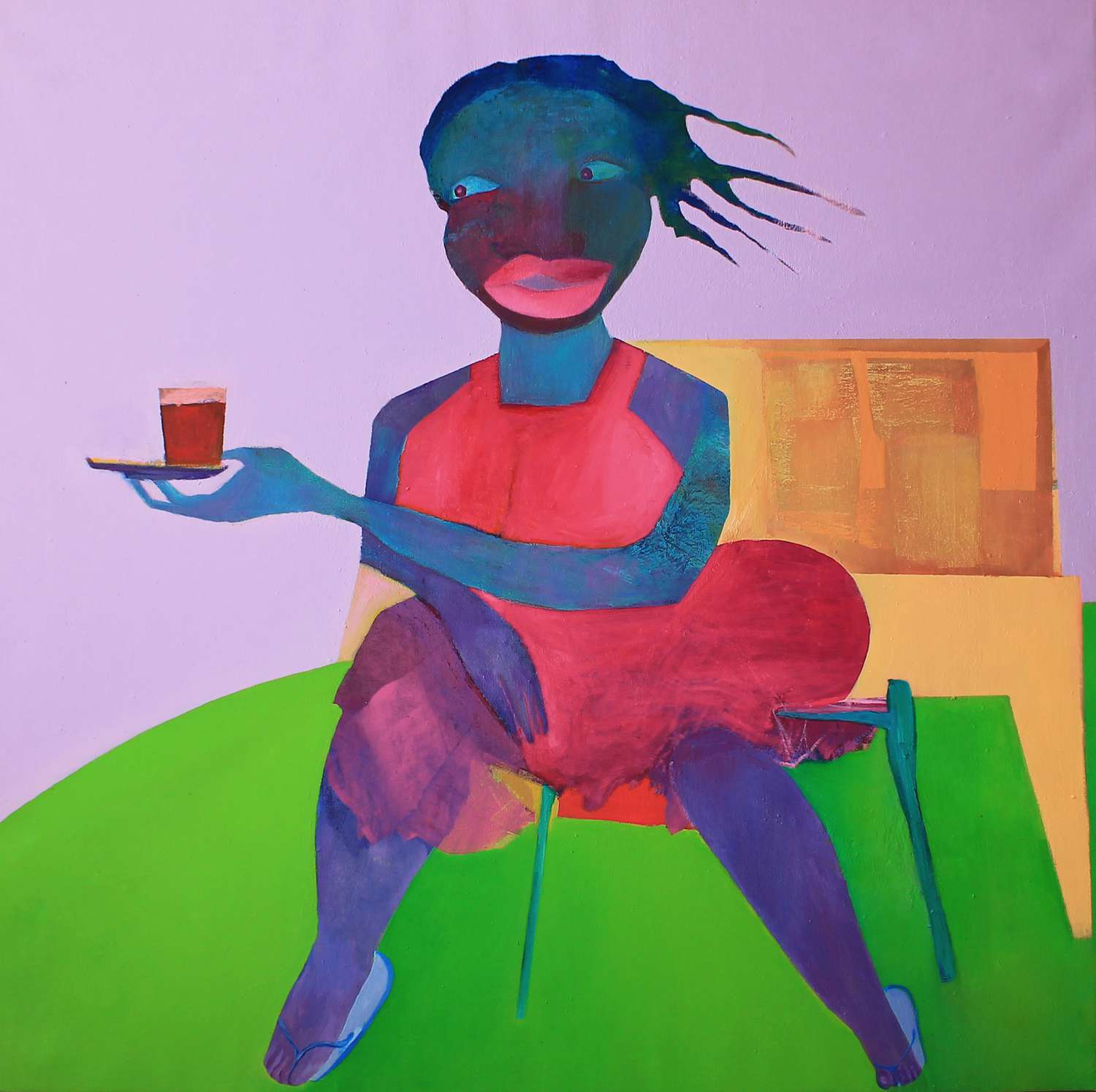
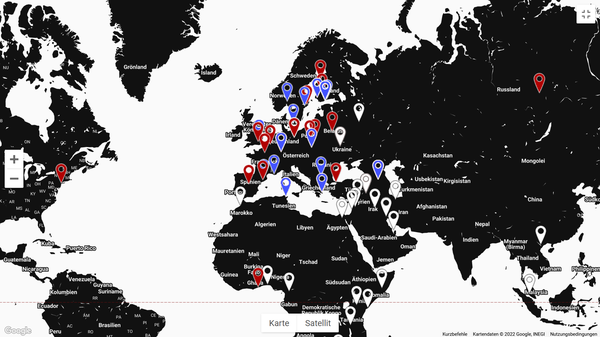
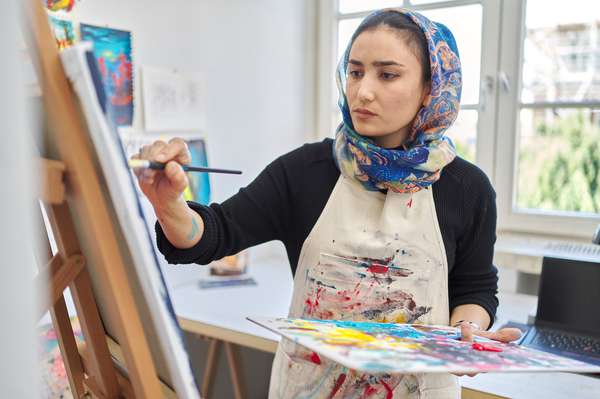









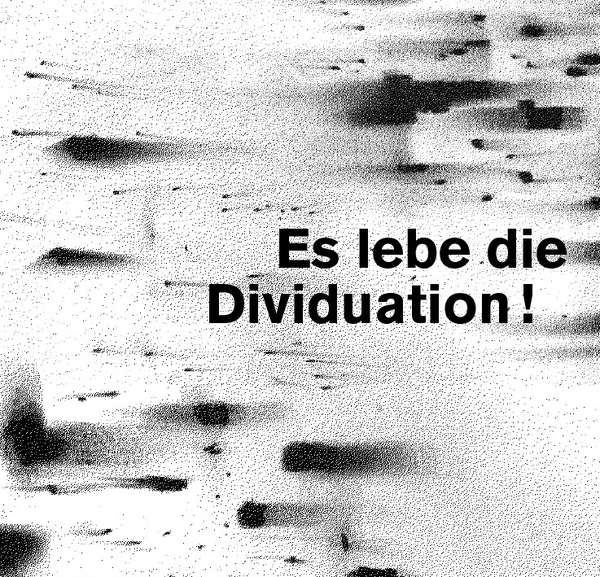





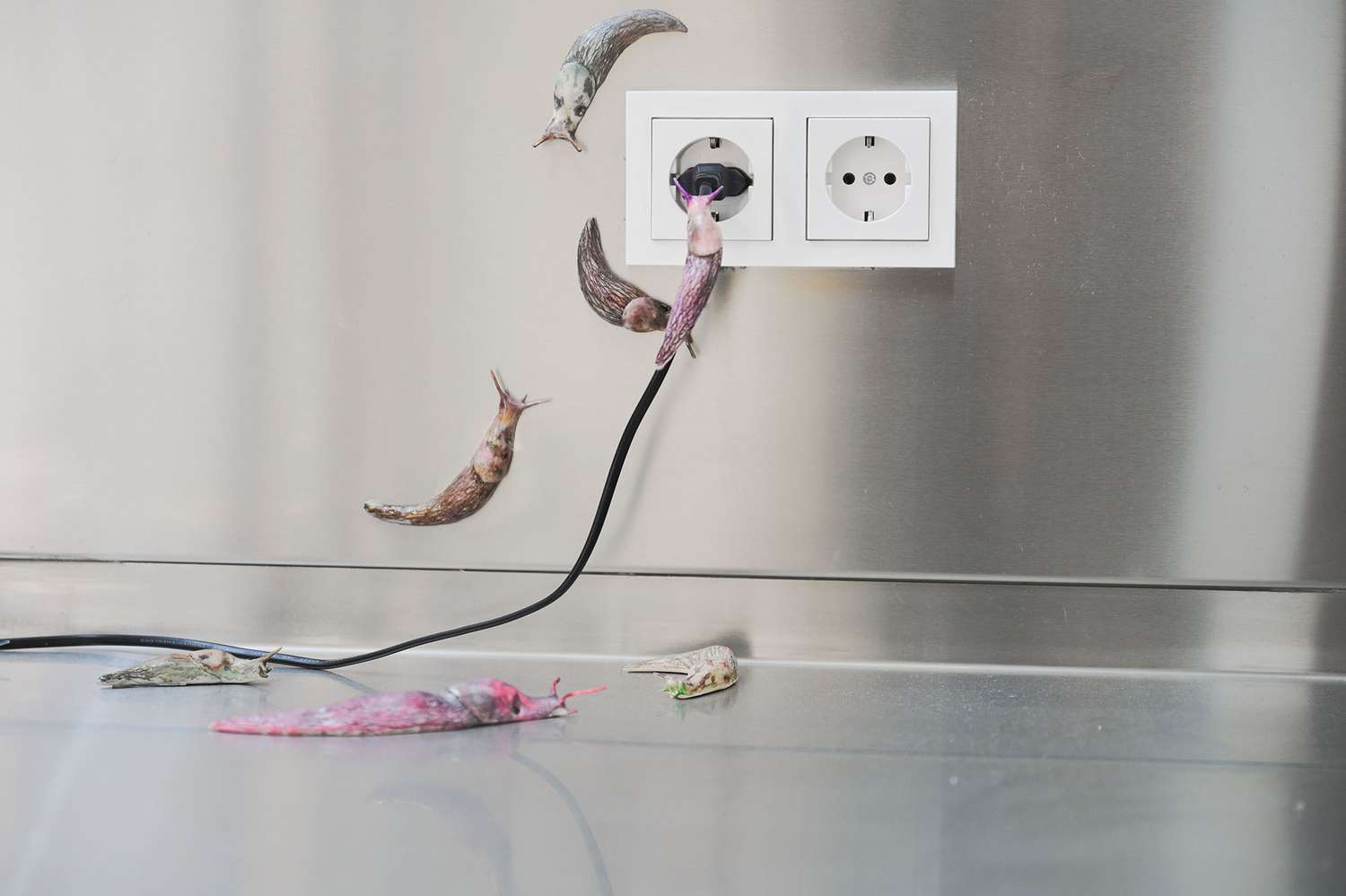


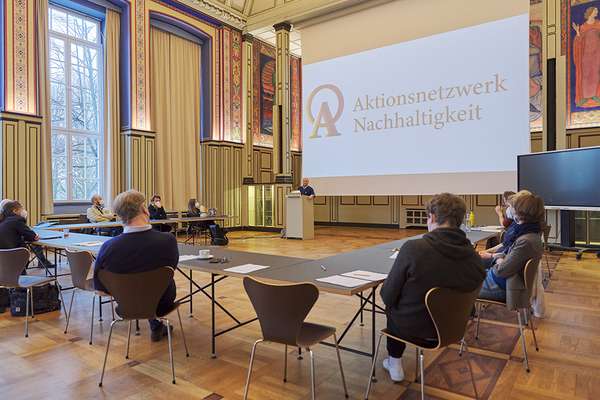






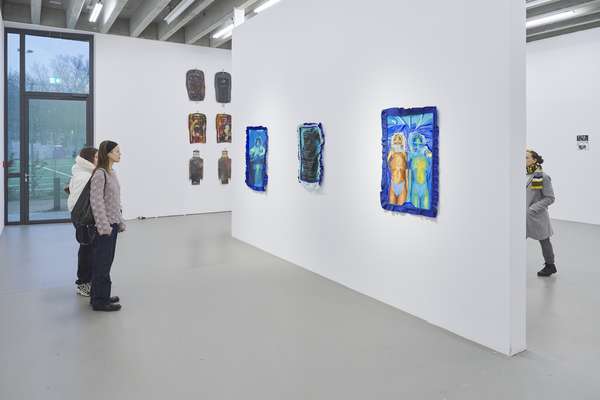








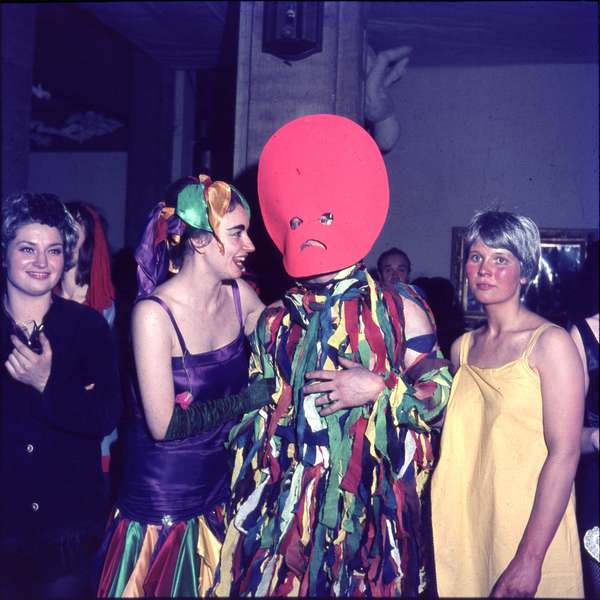

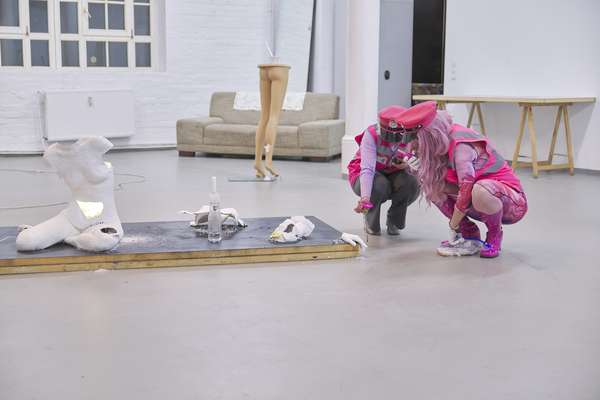



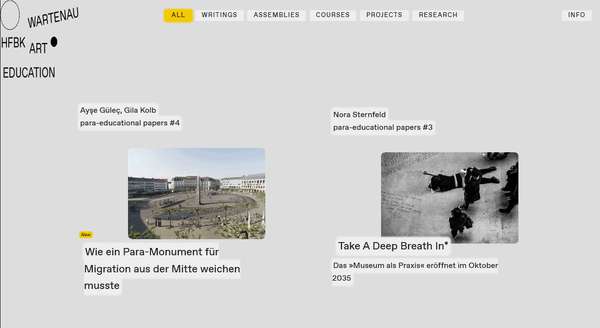

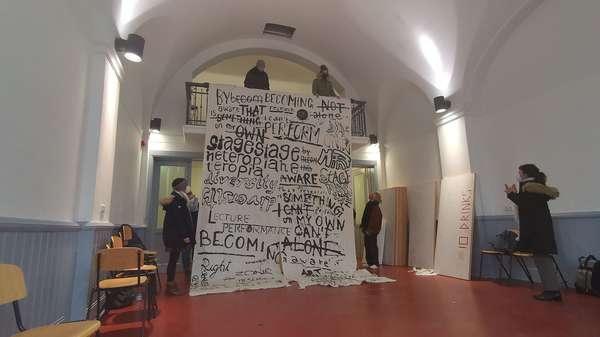
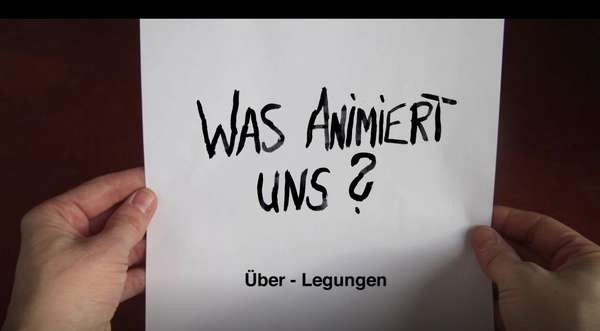
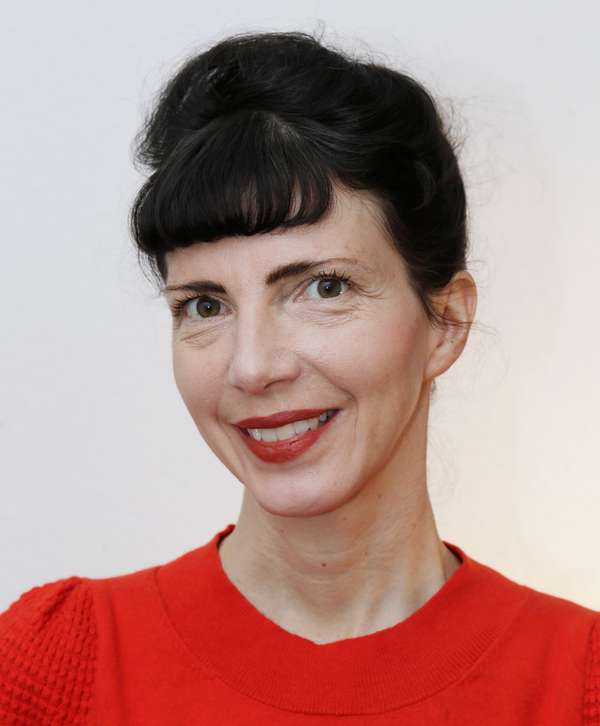
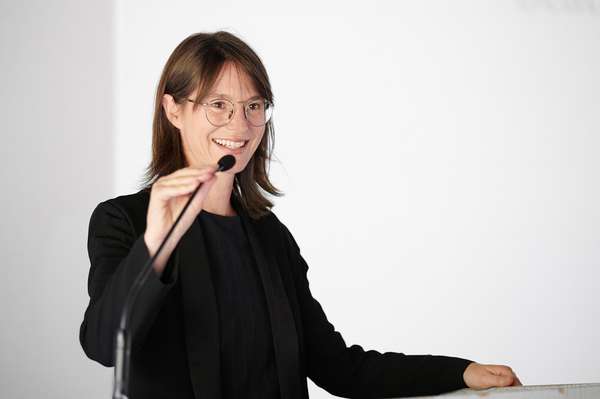

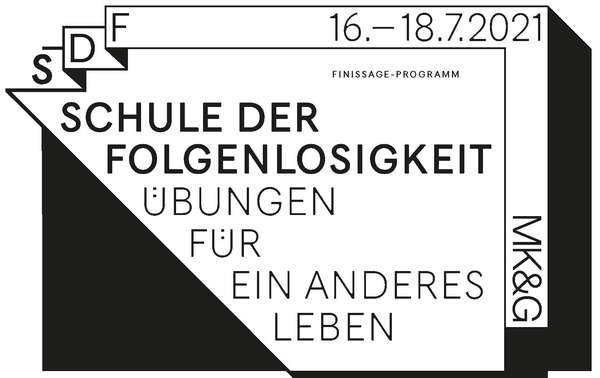


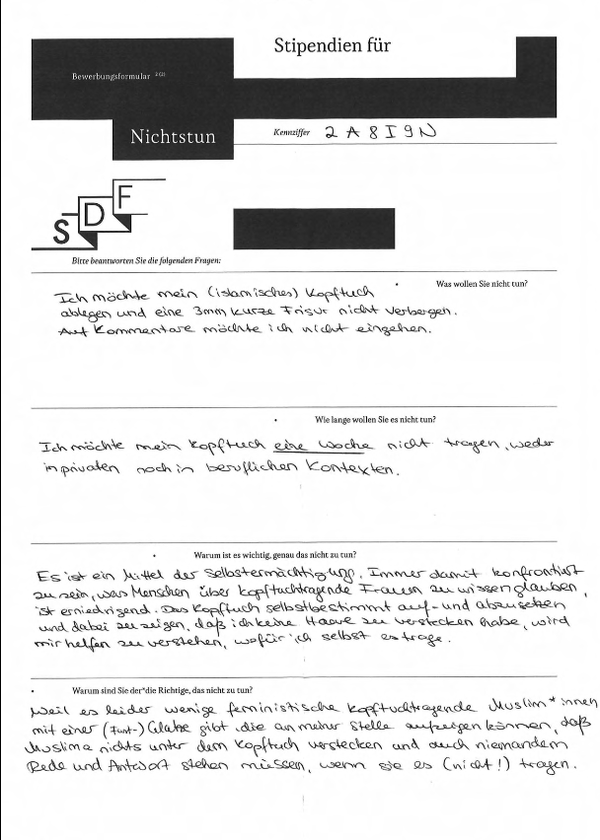









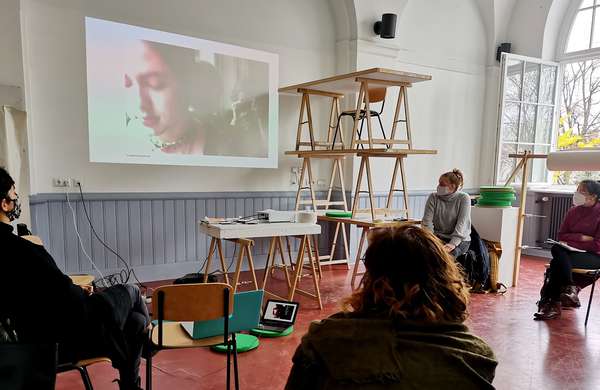





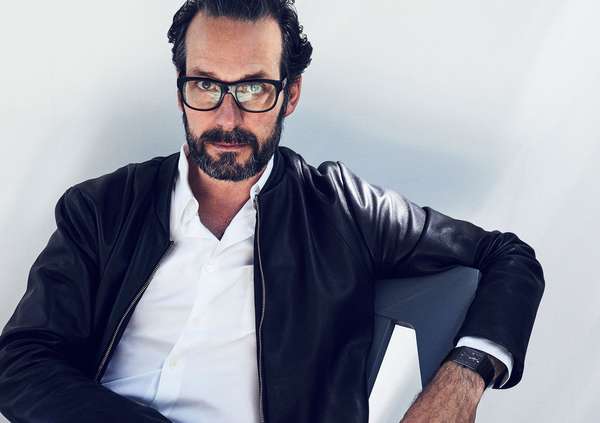

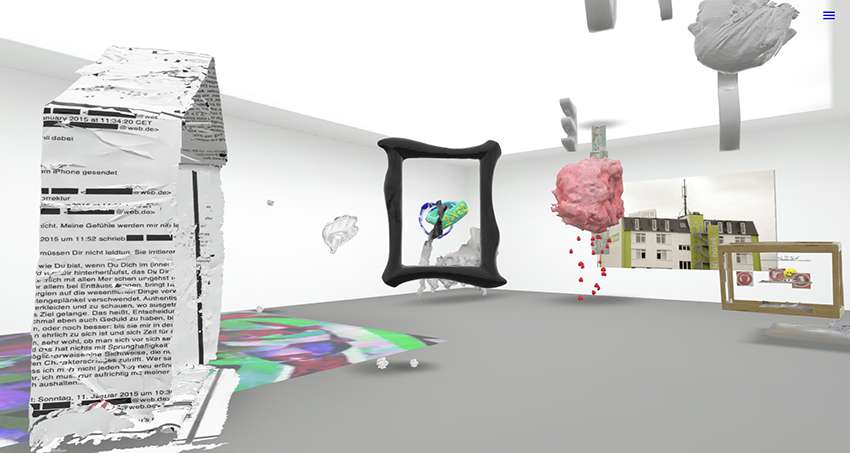

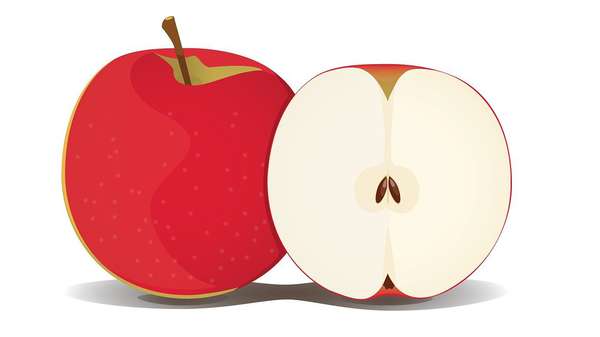

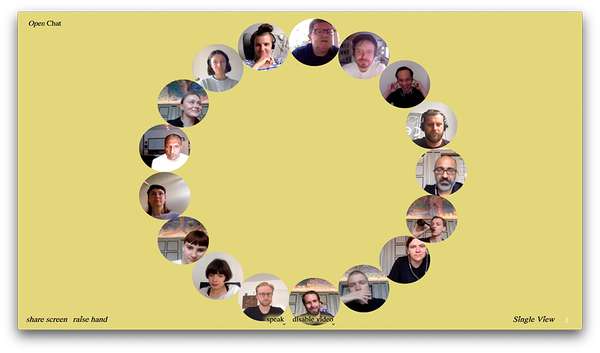

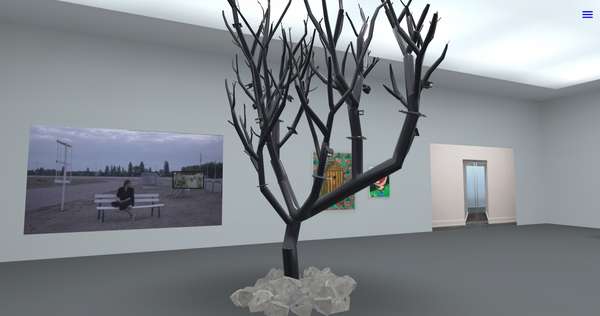









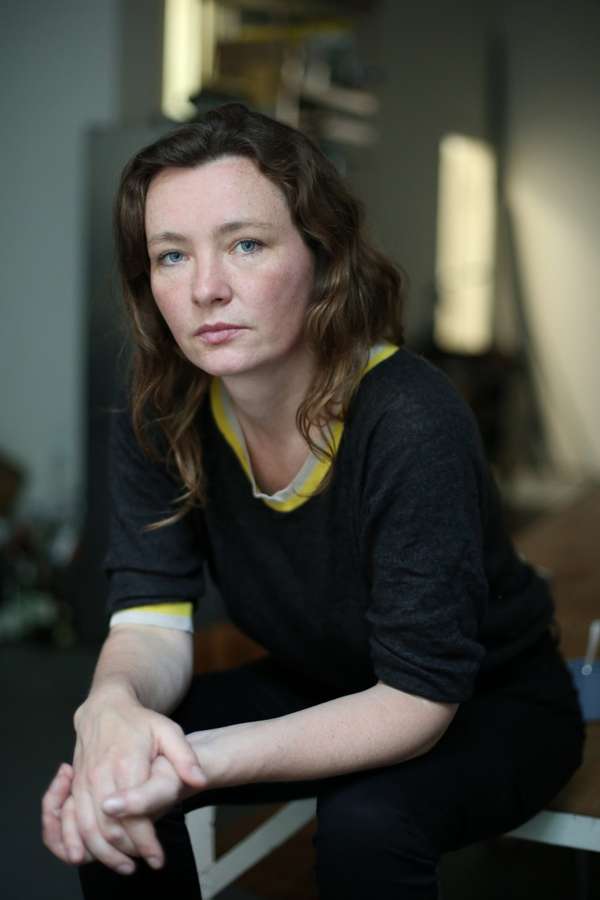

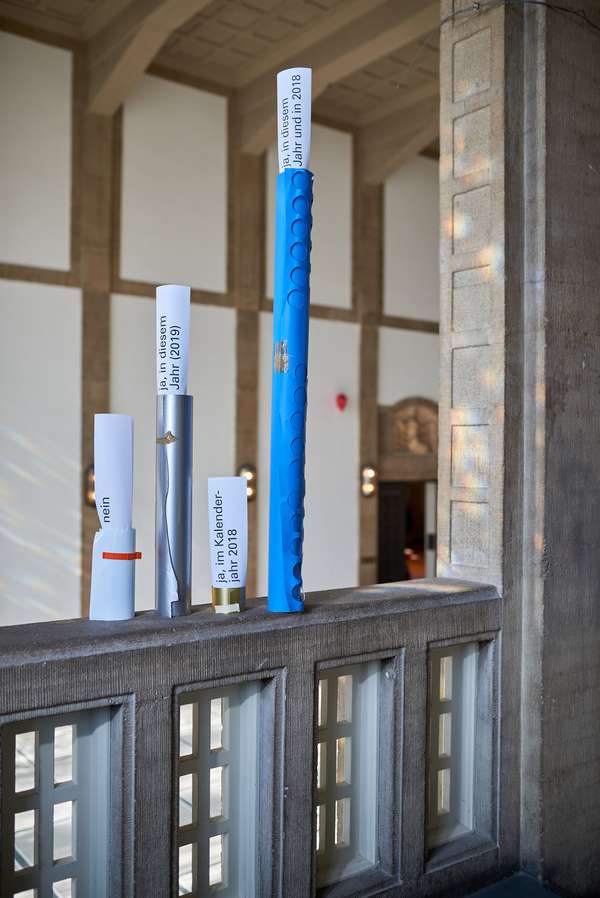



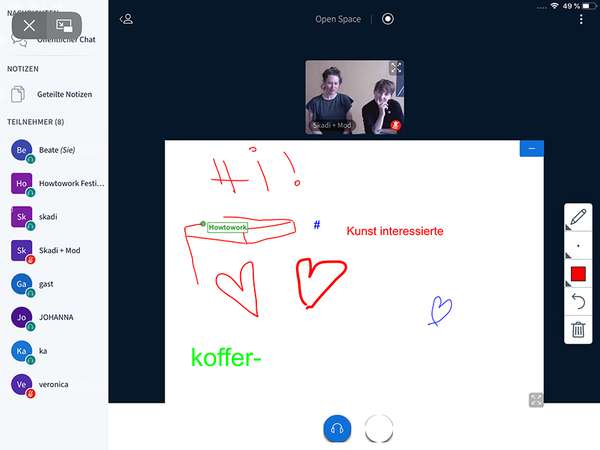
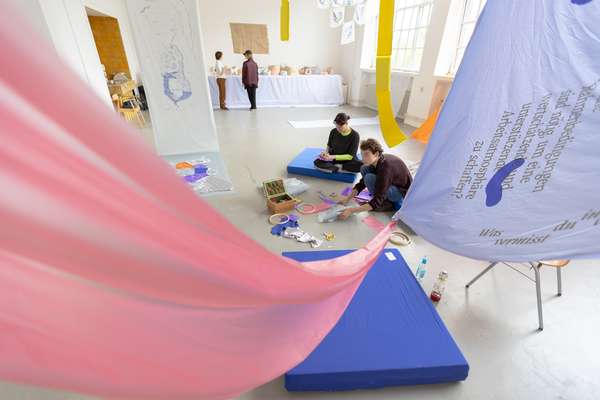

 Graduate Show 2025: Don't stop me now
Graduate Show 2025: Don't stop me now
 Long days, lots to do
Long days, lots to do
 Cine*Ami*es
Cine*Ami*es
 Redesign Democracy – competition for the ballot box of the democratic future
Redesign Democracy – competition for the ballot box of the democratic future
 Art in public space
Art in public space
 How to apply: study at HFBK Hamburg
How to apply: study at HFBK Hamburg
 Annual Exhibition 2025 at the HFBK Hamburg
Annual Exhibition 2025 at the HFBK Hamburg
 The Elephant in The Room – Sculpture today
The Elephant in The Room – Sculpture today
 Hiscox Art Prize 2024
Hiscox Art Prize 2024
 The New Woman
The New Woman
 Doing a PhD at the HFBK Hamburg
Doing a PhD at the HFBK Hamburg
 Graduate Show 2024 - Letting Go
Graduate Show 2024 - Letting Go
 Finkenwerder Art Prize 2024
Finkenwerder Art Prize 2024
 Archives of the Body - The Body in Archiving
Archives of the Body - The Body in Archiving
 New partnership with the School of Arts at the University of Haifa
New partnership with the School of Arts at the University of Haifa
 Annual Exhibition 2024 at the HFBK Hamburg
Annual Exhibition 2024 at the HFBK Hamburg
 (Ex)Changes of / in Art
(Ex)Changes of / in Art
 Extended Libraries
Extended Libraries
 And Still I Rise
And Still I Rise
 Let's talk about language
Let's talk about language
 Graduate Show 2023: Unfinished Business
Graduate Show 2023: Unfinished Business
 Let`s work together
Let`s work together
 Annual Exhibition 2023 at HFBK Hamburg
Annual Exhibition 2023 at HFBK Hamburg
 Symposium: Controversy over documenta fifteen
Symposium: Controversy over documenta fifteen
 Festival and Symposium: Non-Knowledge, Laughter and the Moving Image
Festival and Symposium: Non-Knowledge, Laughter and the Moving Image
 Solo exhibition by Konstantin Grcic
Solo exhibition by Konstantin Grcic
 Art and war
Art and war
 Graduate Show 2022: We’ve Only Just Begun
Graduate Show 2022: We’ve Only Just Begun
 June is full of art and theory
June is full of art and theory
 Finkenwerder Art Prize 2022
Finkenwerder Art Prize 2022
 Nachhaltigkeit im Kontext von Kunst und Kunsthochschule
Nachhaltigkeit im Kontext von Kunst und Kunsthochschule
 Raum für die Kunst
Raum für die Kunst
 Annual Exhibition 2022 at the HFBK
Annual Exhibition 2022 at the HFBK
 Conference: Counter-Monuments and Para-Monuments.
Conference: Counter-Monuments and Para-Monuments.
 Diversity
Diversity
 Live und in Farbe: die ASA Open Studios im Juni 2021
Live und in Farbe: die ASA Open Studios im Juni 2021
 Unlearning: Wartenau Assemblies
Unlearning: Wartenau Assemblies
 School of No Consequences
School of No Consequences
 Annual Exhibition 2021 at the HFBK
Annual Exhibition 2021 at the HFBK
 Semestereröffnung und Hiscox-Preisverleihung 2020
Semestereröffnung und Hiscox-Preisverleihung 2020
 Teaching Art Online at the HFBK
Teaching Art Online at the HFBK
 HFBK Graduate Survey
HFBK Graduate Survey
 How political is Social Design?
How political is Social Design?